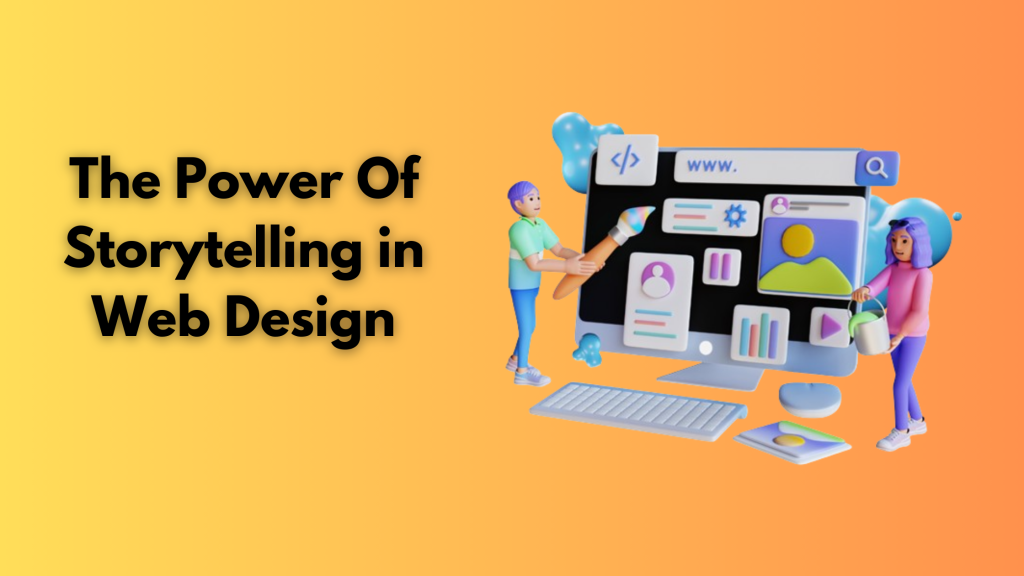
Great storytelling in web design helps attract and engage more customers to your website. Stories are part of our life, we consume stories for entertainment, information, and motivation. Storytelling is a very powerful tool for every business because it helps humanize your content and create an emotional connection with your customers. It helps in better delivery of the brand message and philosophy.
Using storytelling in web design lets you engage and grab the customers’ attention. In today’s competitive digital world, we are surrounded by 5000+ brand messages and stories every day but we are aware of only 86, while only 12 making a long-lasting impact. By combining great storytelling with intuitive web design you can create an attractive website, that evokes emotions and provides value to the customers.
You can use storytelling in various ways in your web design to achieve your objectives. This article will explain why storytelling is important in web design. Also, we’ll learn some of the effective storytelling techniques in web design and its examples!
Why storytelling is important in web design
Storytelling is very important in web design for various reasons. It helps in engaging your customers and building an emotional connection with them. According to research, 92% of customers want brands to create ads that feel like stories. Also if a brand likes a brand story, 55% of customers will purchase it in the future while 44% will share the story and 15% of customers will immediately purchase the product. Here are some more reasons explaining why storytelling is important in web design
- Simplifies information: Effective storytelling simplifies complex information and explains it more simply and easily. It helps in better delivery of your information.
- Emotional connection: Stories help evoke emotions and connect customers with your brand. Once a customer has formed an emotional bond with the brand chances are that they will become your brand’s loyal customers.
- Establish brand identity: Stories help in the better delivery of your brand identity, philosophy, and core values. It displays your brand’s strengths, values, and objectives to the customers.
- Enhance engagement: If your storytelling is interactive, it helps in increasing brand engagement. It helps in boosting interaction.
- Improve user experience: Storytelling helps in enhancing your customer’s experience. It helps in providing a better understanding and guidance of your website. It helps in guiding the customers through your website.
- Improve SEO: Storytelling naturally enhances SEO by incorporating keywords in your content. It helps in improving your search engine ranking.
- Build trust and credibility: Effective storytelling helps in building trust and credibility with your customers. According to a study, 81% of customers stated that they should trust a brand to make a purchase from them.
- Competitive advantage: Unique stories and stories that highlight your Unique Selling Proposition make your brand stand out from the competition.
- More sharing: Engaging and interactive storytelling has the capability of being reshared again and again. It helps in increasing your brand’s online presence and awareness.
- Long-lasting impact: An impactful story lasts in the customer’s mind for a long time. It helps in making your brand more memorable and impactful. Also, facts are 22% more likely to be remembered when they are used effectively in a story.
- Enhances conversion: It helps in enhancing your conversion rate. Strong and effective storytelling encourages more conversion. Storytelling can increase your conversion rate by 30%.
How to create effective storytelling in web design

To avail the benefits of storytelling you must use it effectively. You must include all the important elements of storytelling in web design such as strong visuals, interactive elements, easy and effective navigation, engaging content, and emotional elements. To create effective storytelling you must incorporate these elements into your storytelling techniques. Let us learn some of the effective storytelling techniques to enhance your web design.
- Target audience: if you want to create an engaging storytelling experience then you must first know your target audience. Understanding their needs, expectations, and preferences. Research what type of content they like and the platforms they use.
- Relevant content: Create relevant content that provides solutions to your customer’s problems and queries. The content should be relevant to your customers as well as you. Simplify the complex content and information into a simple language that is easy to understand.
- Animation and Interactive: Make your content and storytelling more engaging and interactive. You must encourage your customers to interact with your brands through clicks, scrolling, etc. It also enhances user experience. Create engaging and attractive call-to-action buttons.
- Highlight your strengths: Make sure your story highlights your strengths and USP. It should grab the customer’s attention and represent your information clearly and concisely.
- Visual storytelling: It refers to using visual elements to reinforce your branding and establish a narrative. It helps in setting the tone of your content and humanizes your content. It also makes your website more attractive. Some of the visual elements are images, background colors, infographics, etc.
- Video: Use well-created video content to highlight your brand’s content and information. Video content is becoming more popular among the customers and is a great way to grab the attention of them.
- Content: Create content that is engaging and informative. You can add elements of humor to your content. Also, you can use metaphors for a better understanding of your content. Make sure you provide all the relevant information.
- Narrative arc: The narrative arc acts as a backbone to any story. It refers to the structure and sequence of events that help in building a narrative. In web design, you can use the same arc for guiding your customers through your website.
- Characterization: Characterisation mainly refers to creating a connection with your audience. While building a narrative, you can use characters that have similar experiences or expectations to the users. They act like they are the representative of the audience. People often feel connected to such characters.
- Emotional storytelling: The characters that you have used in your story must go through some emotional circumstances or journey to make it more relatable and relevant. It makes the story more memorable and strong. It also helps in better engagement.
- Language: Using descriptive and clear language helps in creating a situation or incident in your story. Try using words and language that evoke emotions and encourage imagination in the customers. It motivates the customers to believe why they need your product or service. It helps in creating the need of your product.
- Customer testimonials: You can use customer testimonials as well in your storytelling. It shows that you value your customers’ opinions and inputs. They feel more motivated and loyal towards your product.
- Consistency and flow: Make sure your story has a natural flow and consistency. Make sure the navigation and hierarchy in your website is accurate and effective. Transparent storytelling helps in establishing trust. Make sure your story has a conflict and a resolution. Your narrative style should be consistent.
- Narrative structure: The structure of your website should be correct. The homepage is the introduction of your brand. It should highlight the main objectives and goals of your brand. The middle part of the website acts more like a body of the website. It highlights important information related to your business. It consists of various pages of the website. Whereas the end of the website should conclude with a call to action that motivates the customers to perform a certain action.
- Test: Try to gather more and more reviews and feedback. Try to adapt these changes to your web design. Due to changing customer preferences and technology you must frequently test it and readapt it.
Example of strong storytelling in web design

Here are some examples of websites that have incorporated strong storytelling in their web design.
- Warby Parker: Warby Parker’s “How our glasses are made” page represents creative and strategic approaches to eyewear to their customers. It displays content related to the brand’s history, design process, and social impact of its “Buy a pair, Give a pair” scheme. They have also incorporated interactive elements such as virtual try-ons to enhance user experience and engagement. It also helps in giving life to your story.
- Patagonia: Patagonia’s Activism page uses storytelling very effectively and aligns it with web design by focusing on environmental sustainability and activism. Every product page has content about the material used and the company’s commitment to sustainability and correct practices. They have used high-quality images and videos to highlight the impact of their efforts and programs. This helps in creating an emotional connection with environmentally friendly and conscious customers.
- Banco de México: The website contains content related to the history of money and banking in Mexico. It also contains a gamified user interface that has interactive elements to keep the customers engaged. This also encourages them to further explore your website. It also uses animation, vibrant colors, videos, and other interactive elements to attract younger customers. It has made the complex content simple by dividing the complex history of banking into four chapters. This has simplified the complicated financial concepts easy to understand. In addition to these elements, the website has incorporated background music as well to enhance user experience. Although the website is loaded with information they have maintained a clear and clean web design. It is easy to navigate, especially for the kids.
Storytelling web design is a very crucial factor for elevating websites. By using descriptive language, emotional quotient, attractive visual elements, etc you can create effective and strong storytelling. Are you ready to enjoy the benefits of storytelling? Defining your brand’s story, highlighting your strengths, understanding your audience, creating engaging content and a narrative that connects your potential customers. Need some advice or consultation? Book an Appointment for redefining your web design and narrative that resonates with your customers. Let us select the elements that help in building a strong storytelling web design for your brand. Your brand’s history and strengths need to be expressed engagingly and entertainingly. Our strategies for our clients generated positive results for them from enhancing their lead generation by 20% to improving their search engine ranking. To know more about our services email us at info@lumia360.com or call us at 514-668-5599.
Read Also: The Power of Personalization in Digital Marketing
Read Also: Ways To Increase Conversion Rate



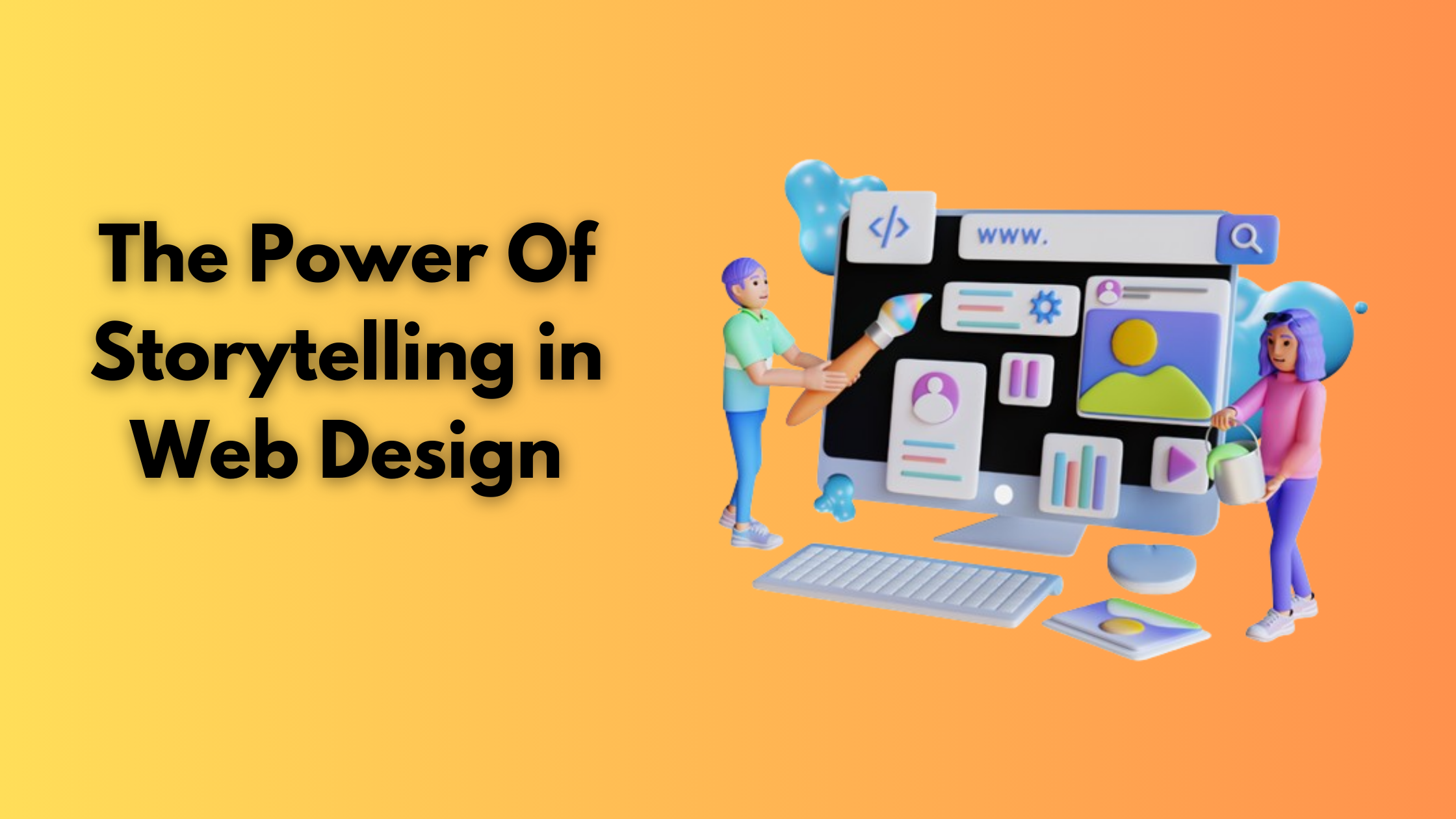
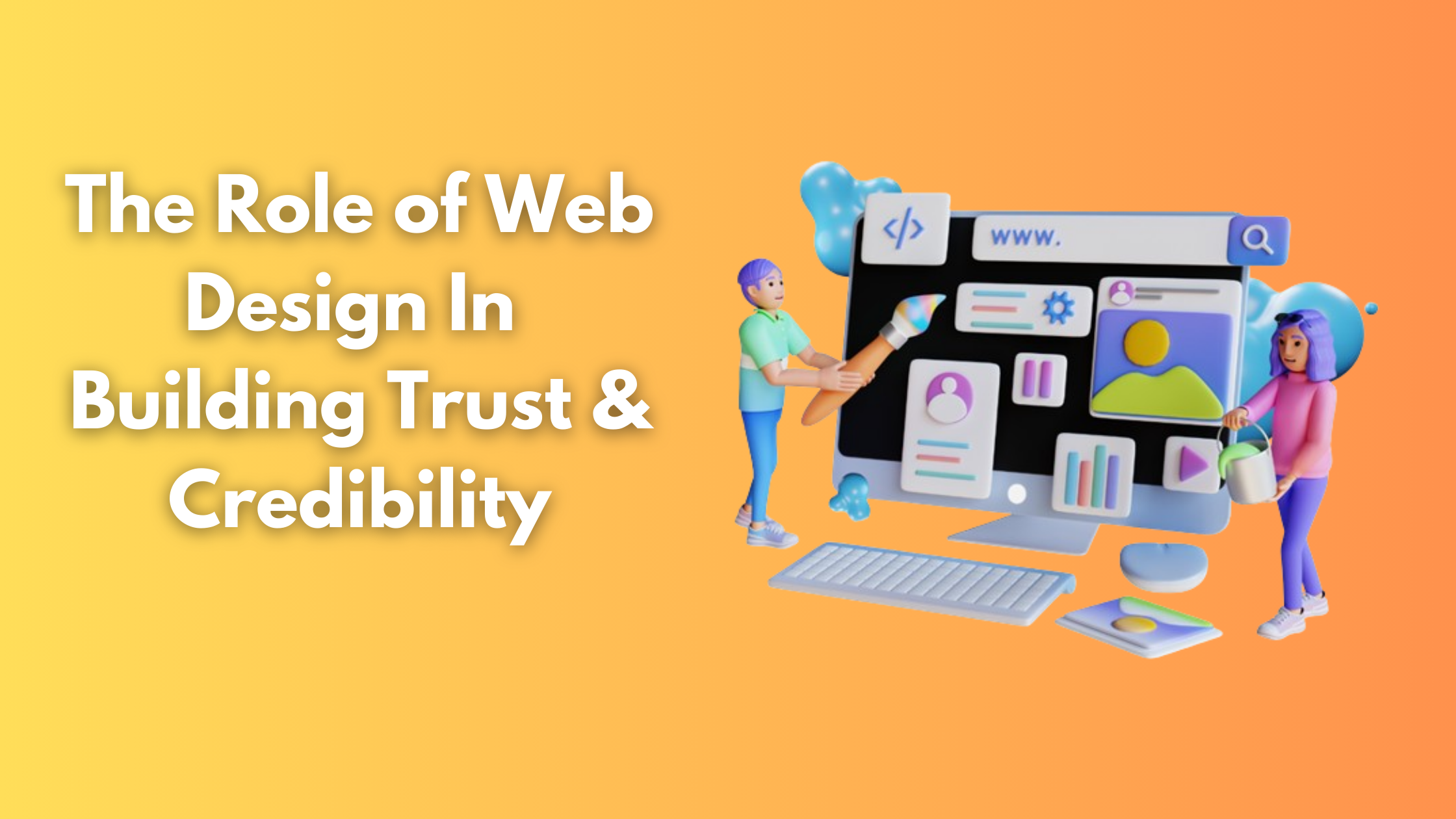
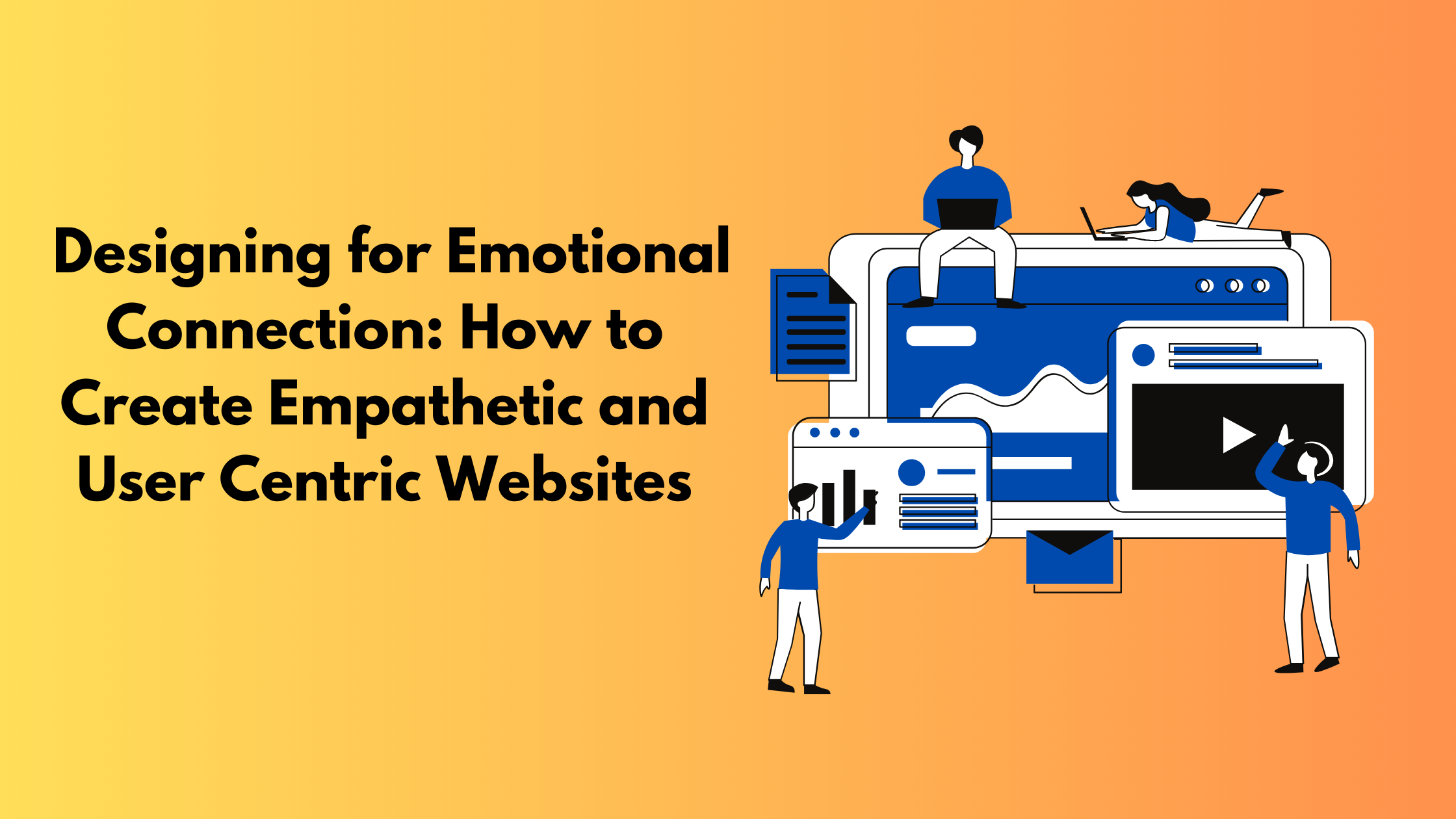
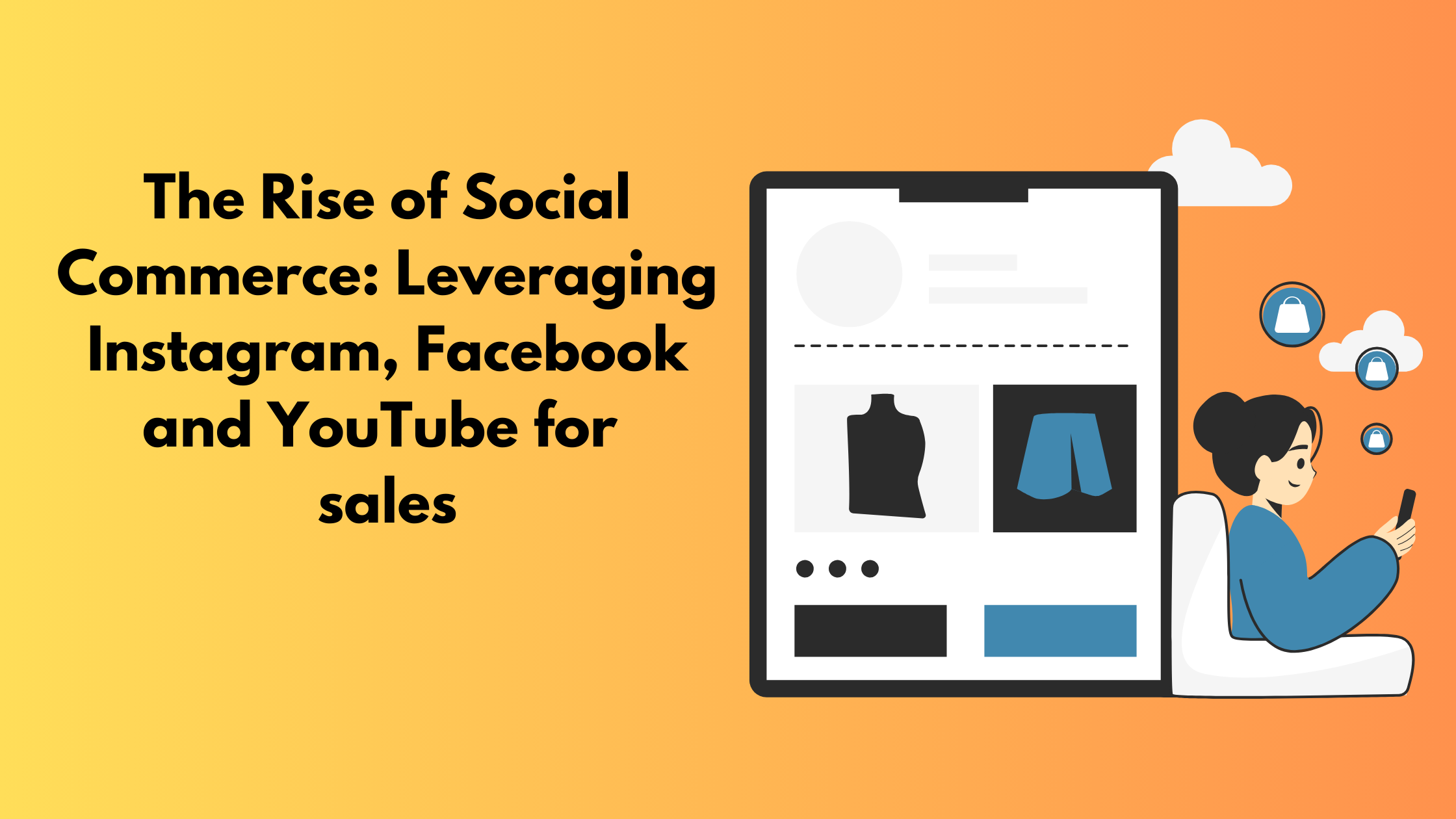




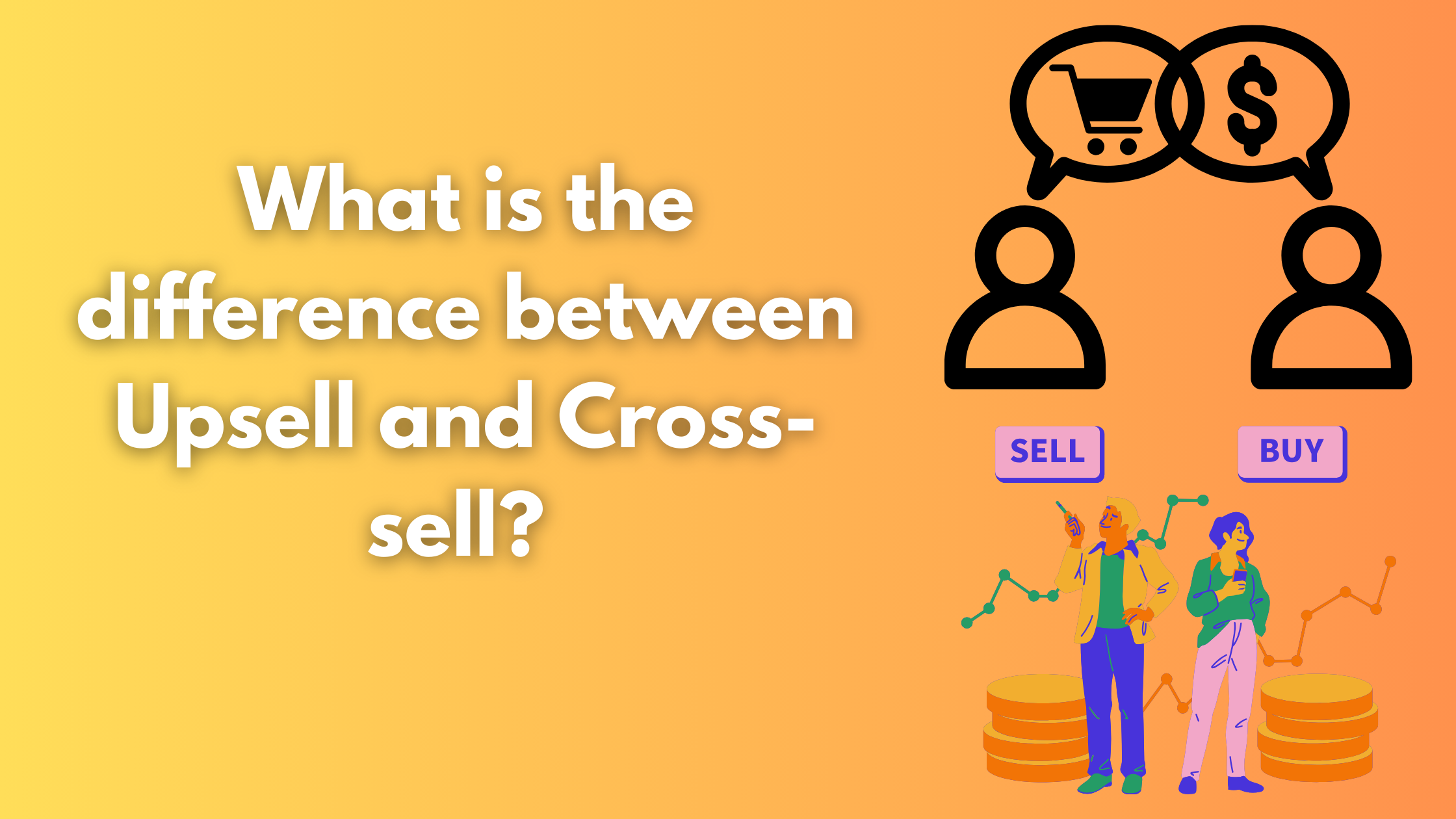
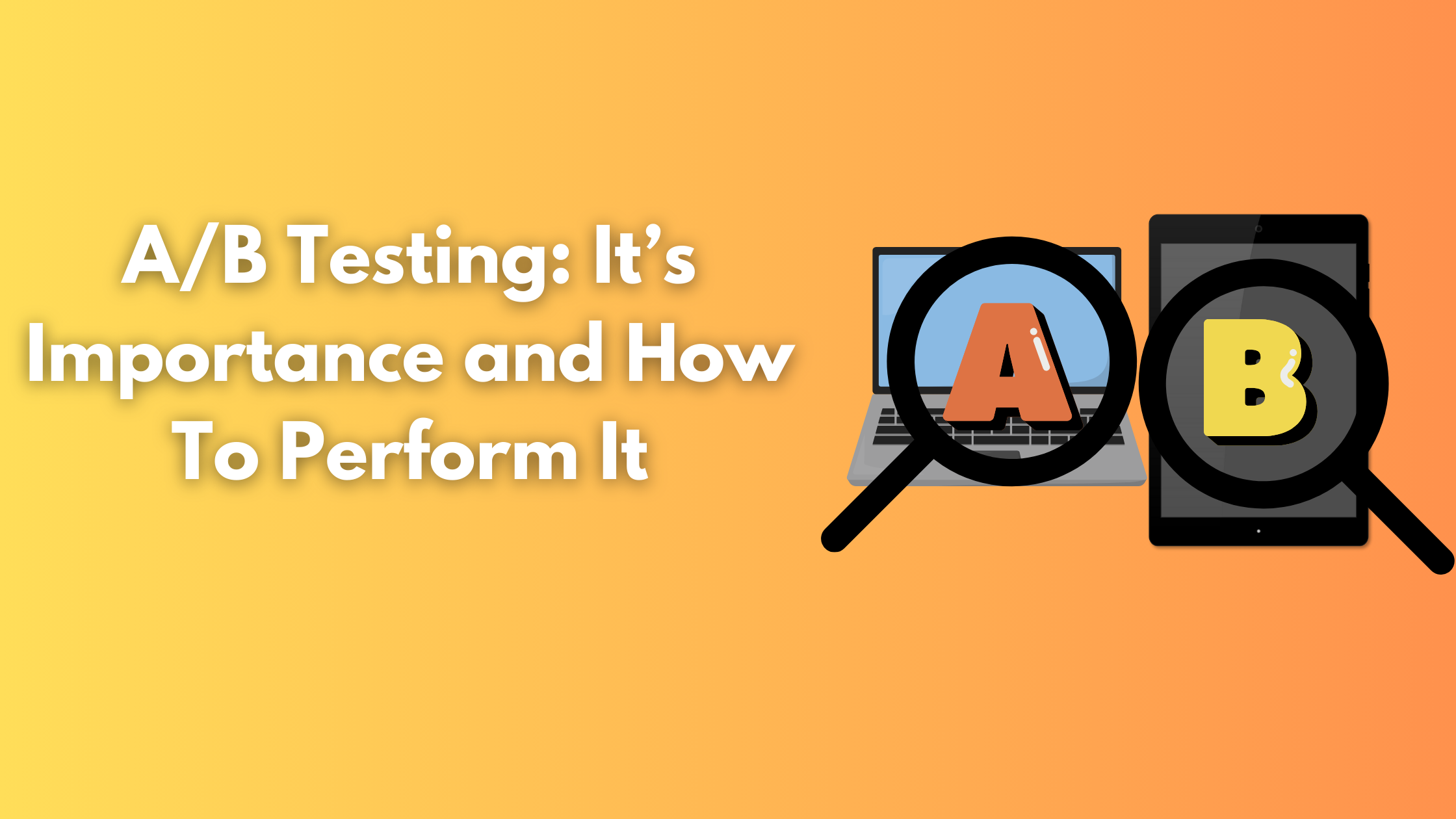
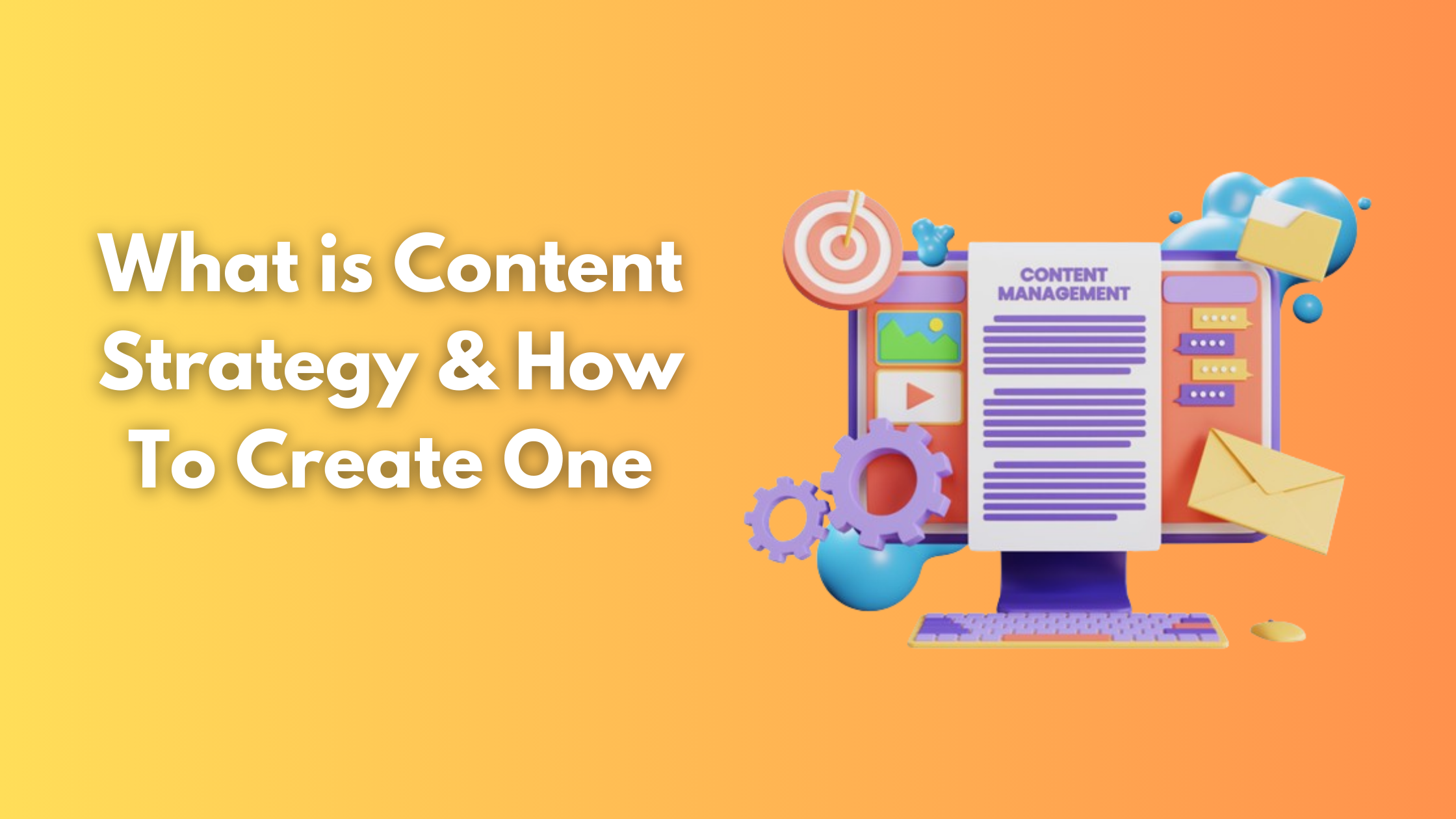
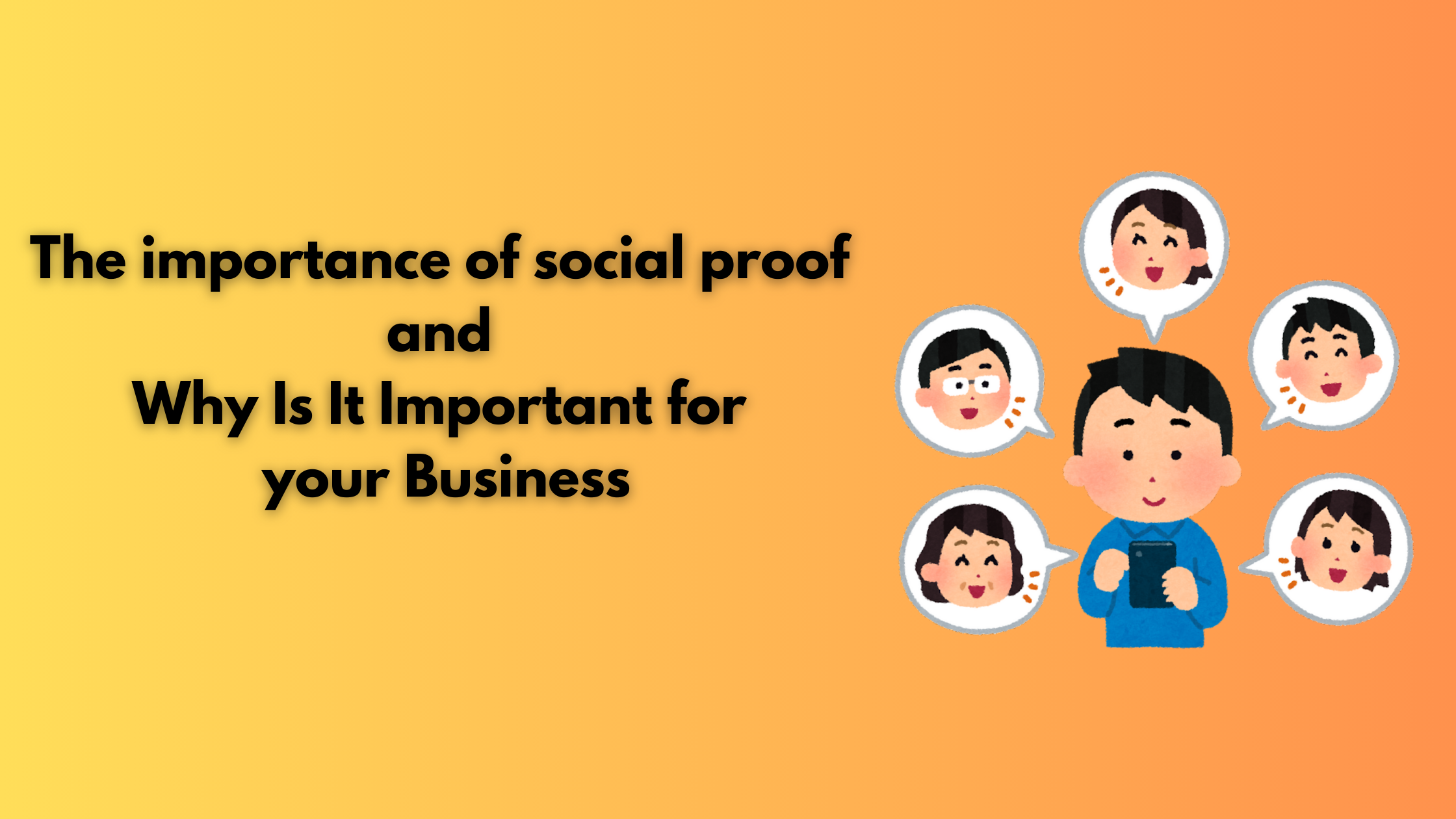
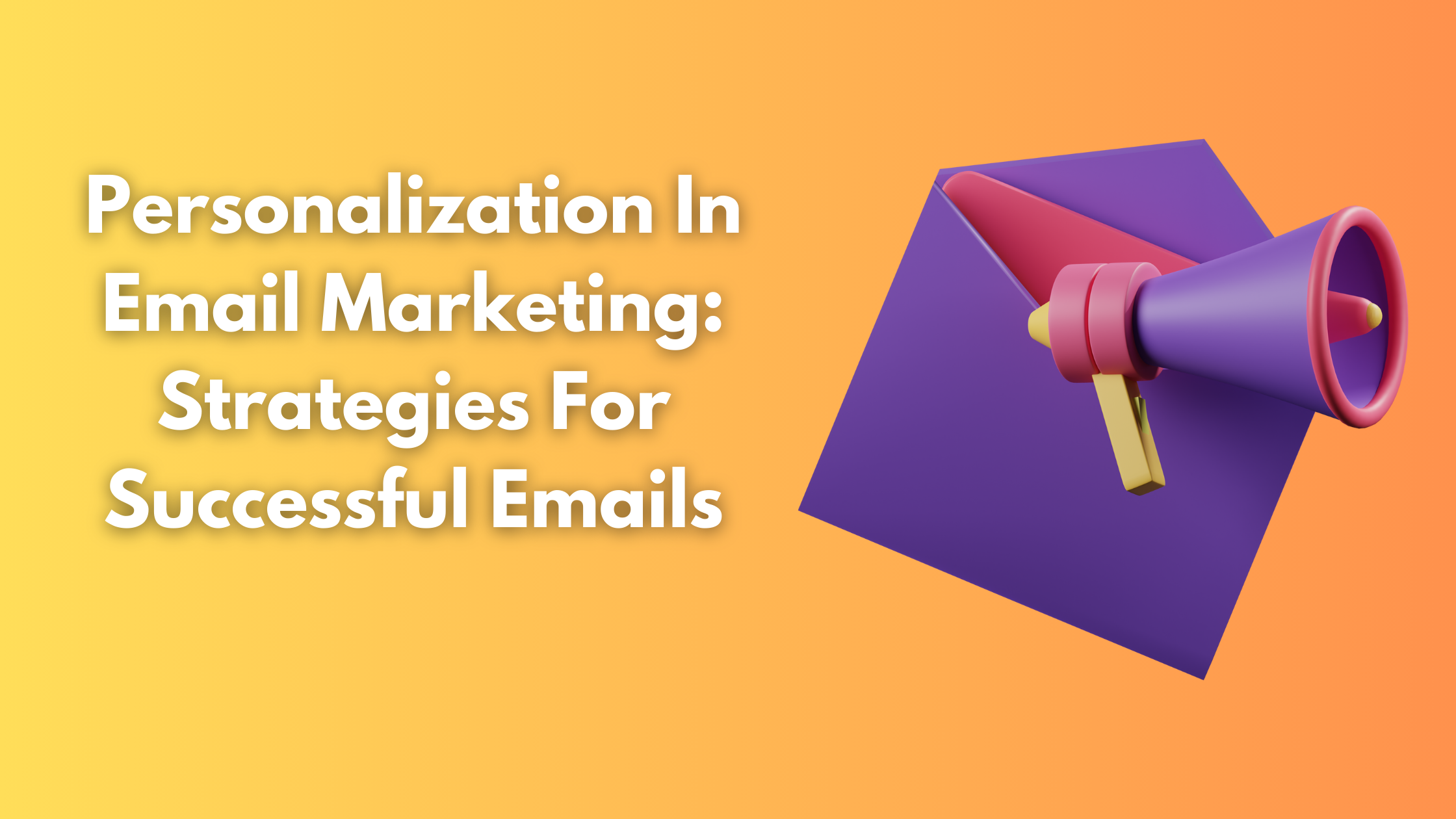


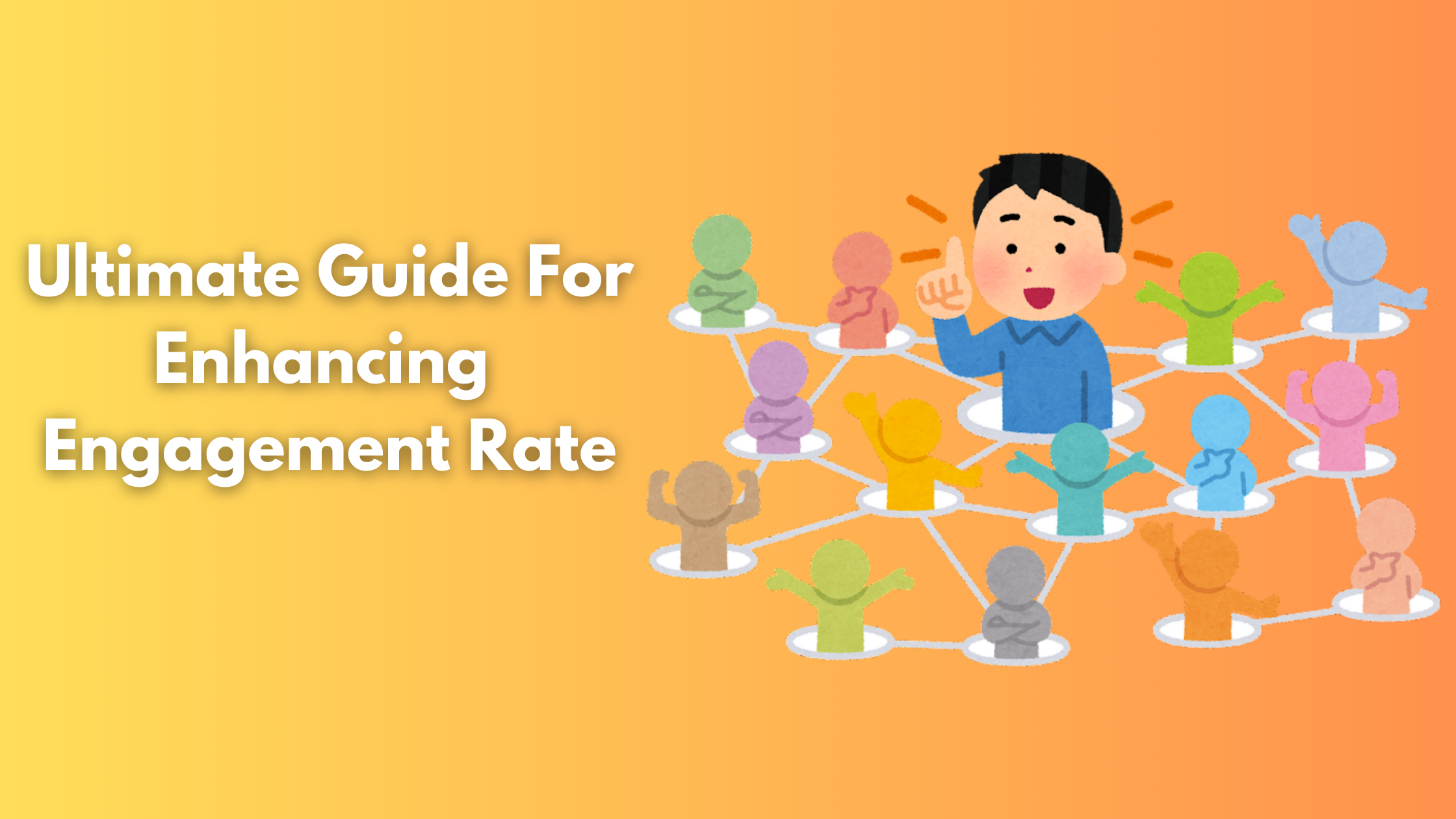
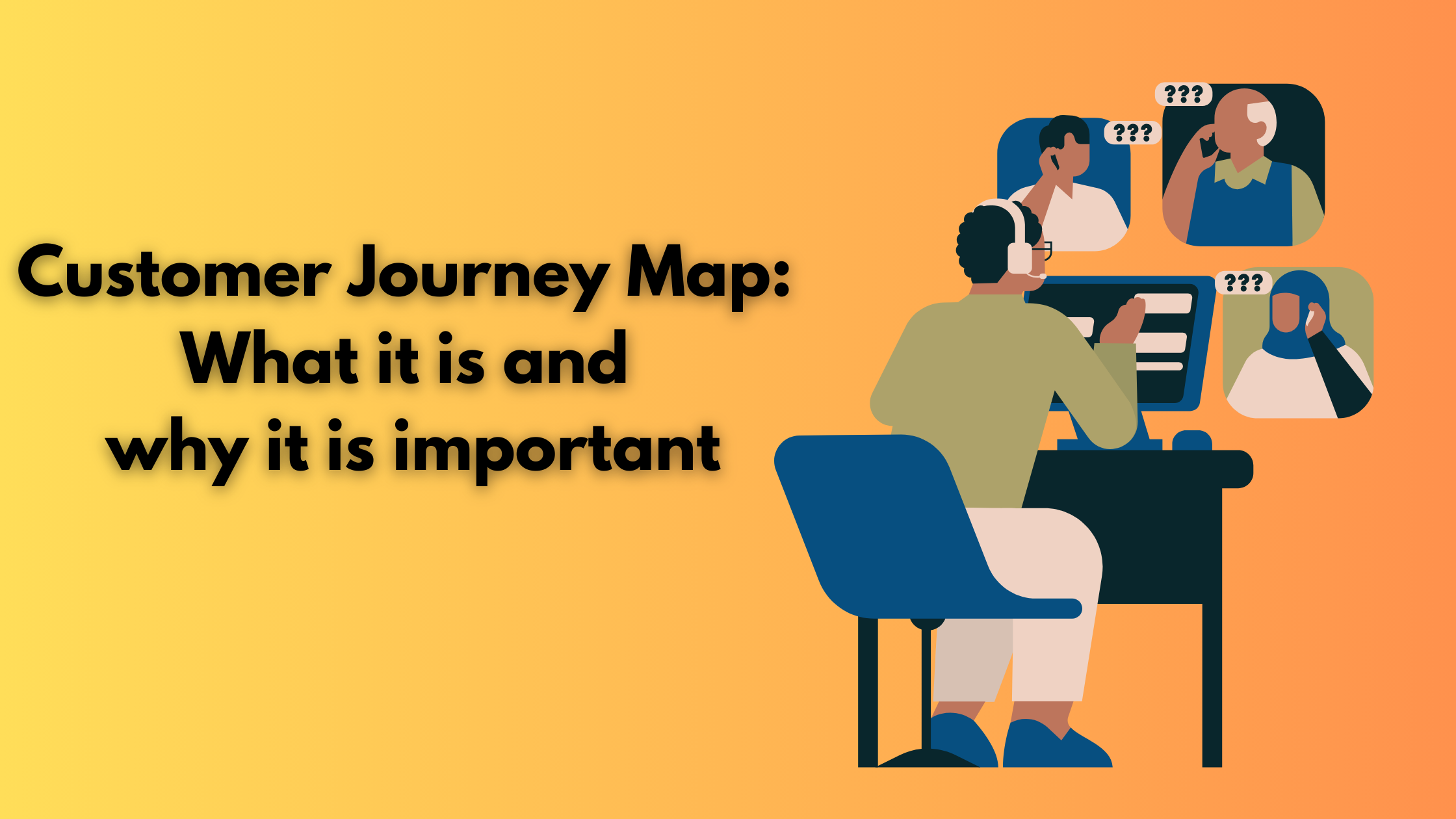
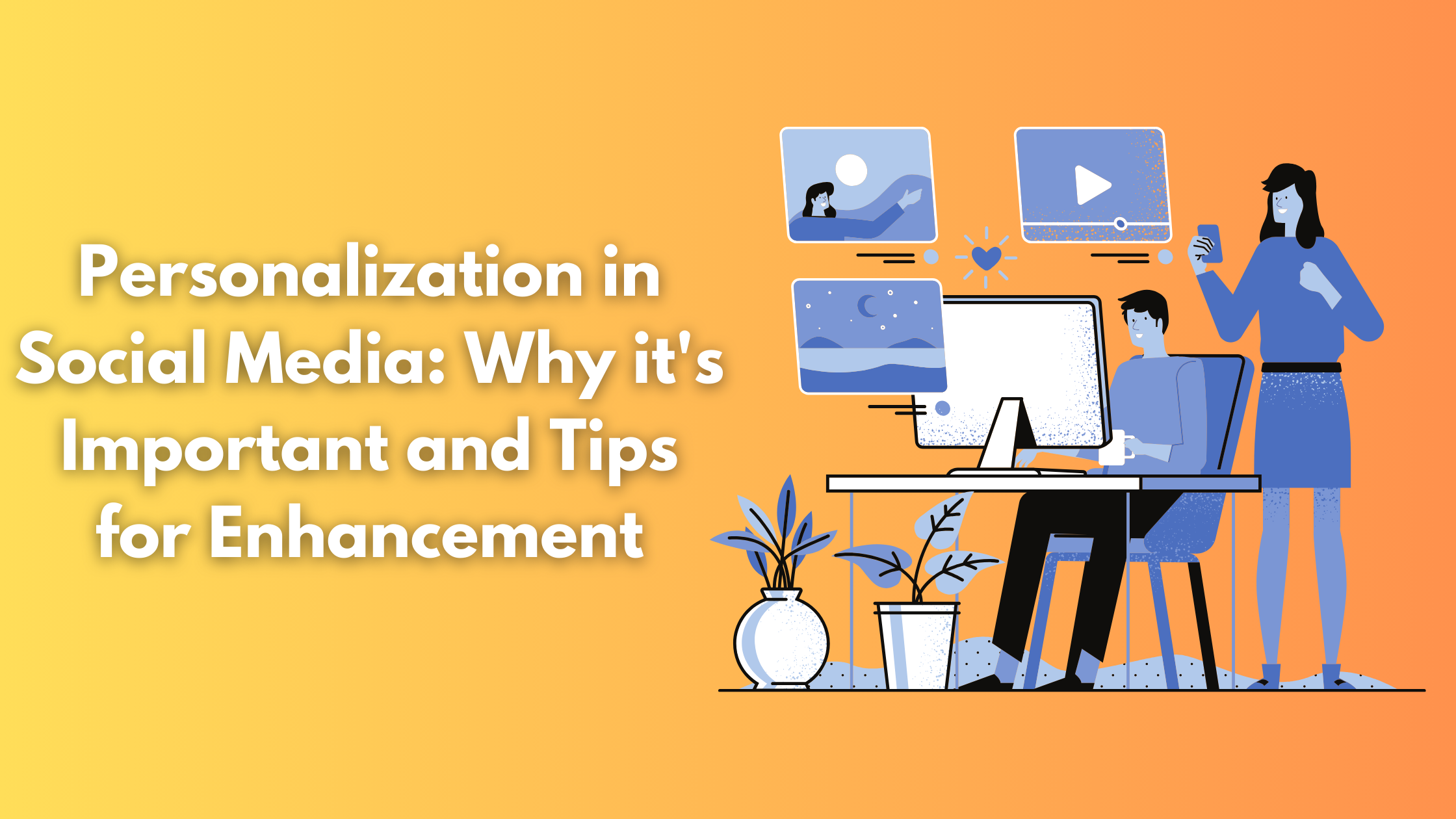
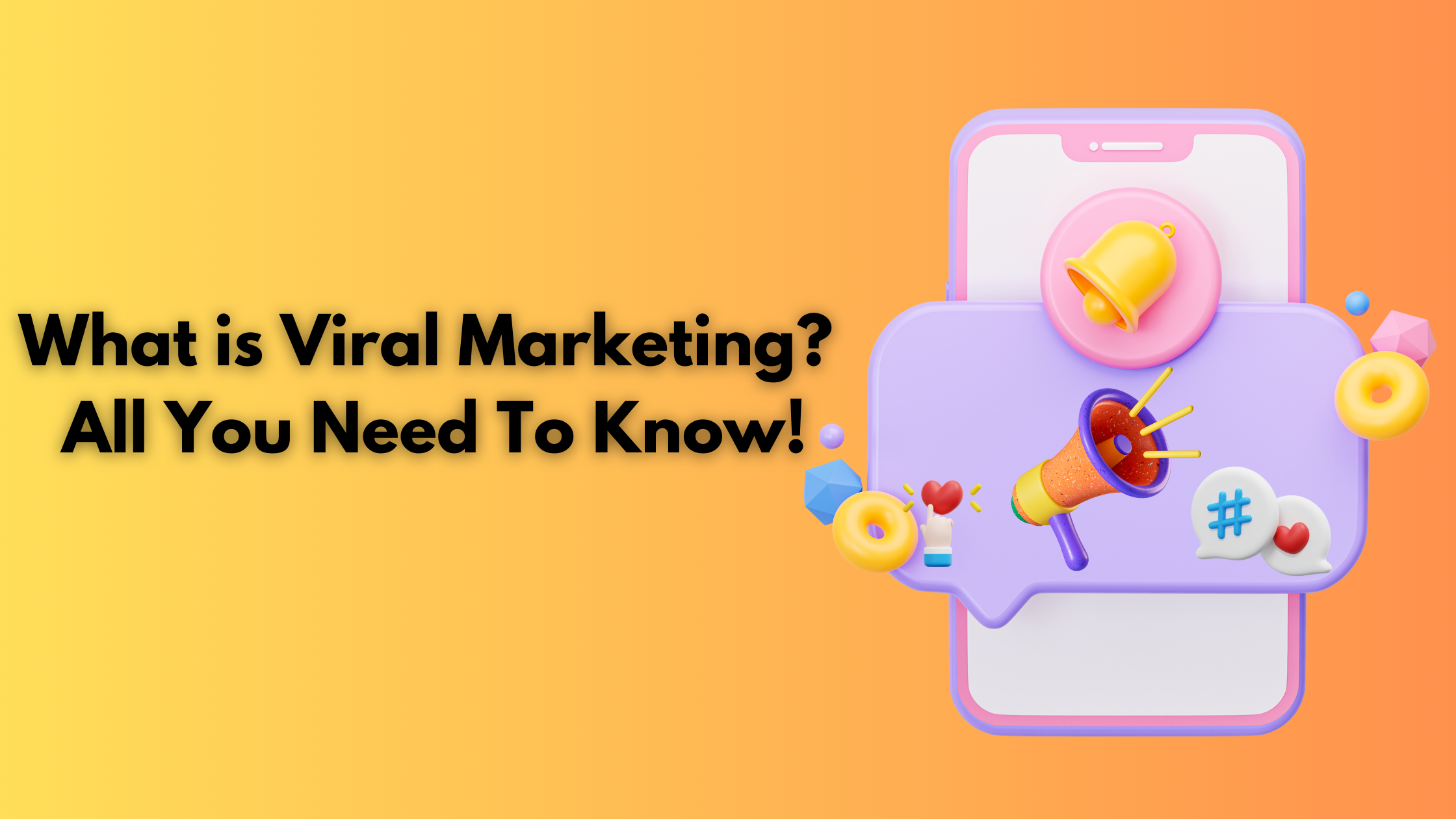
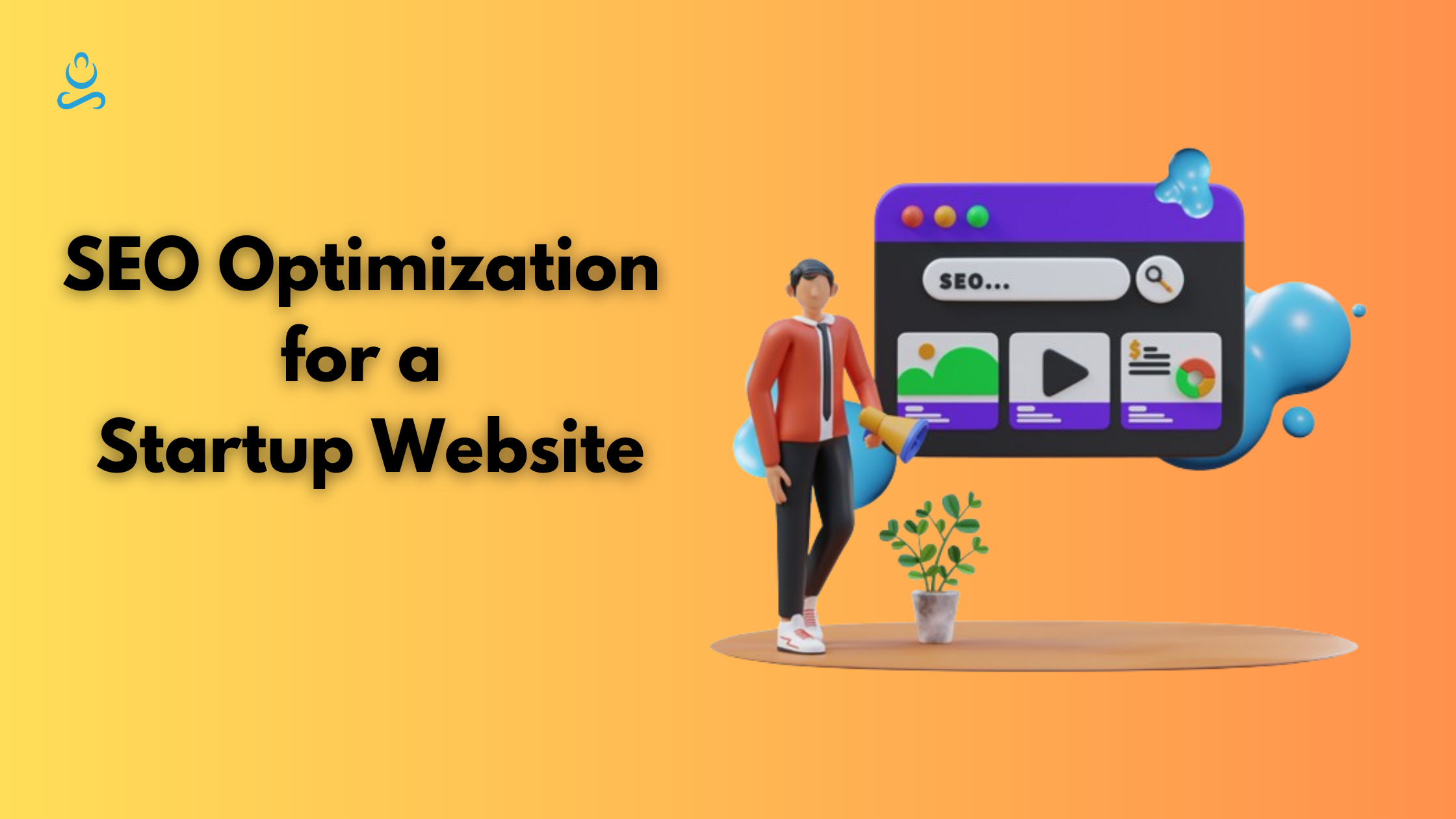



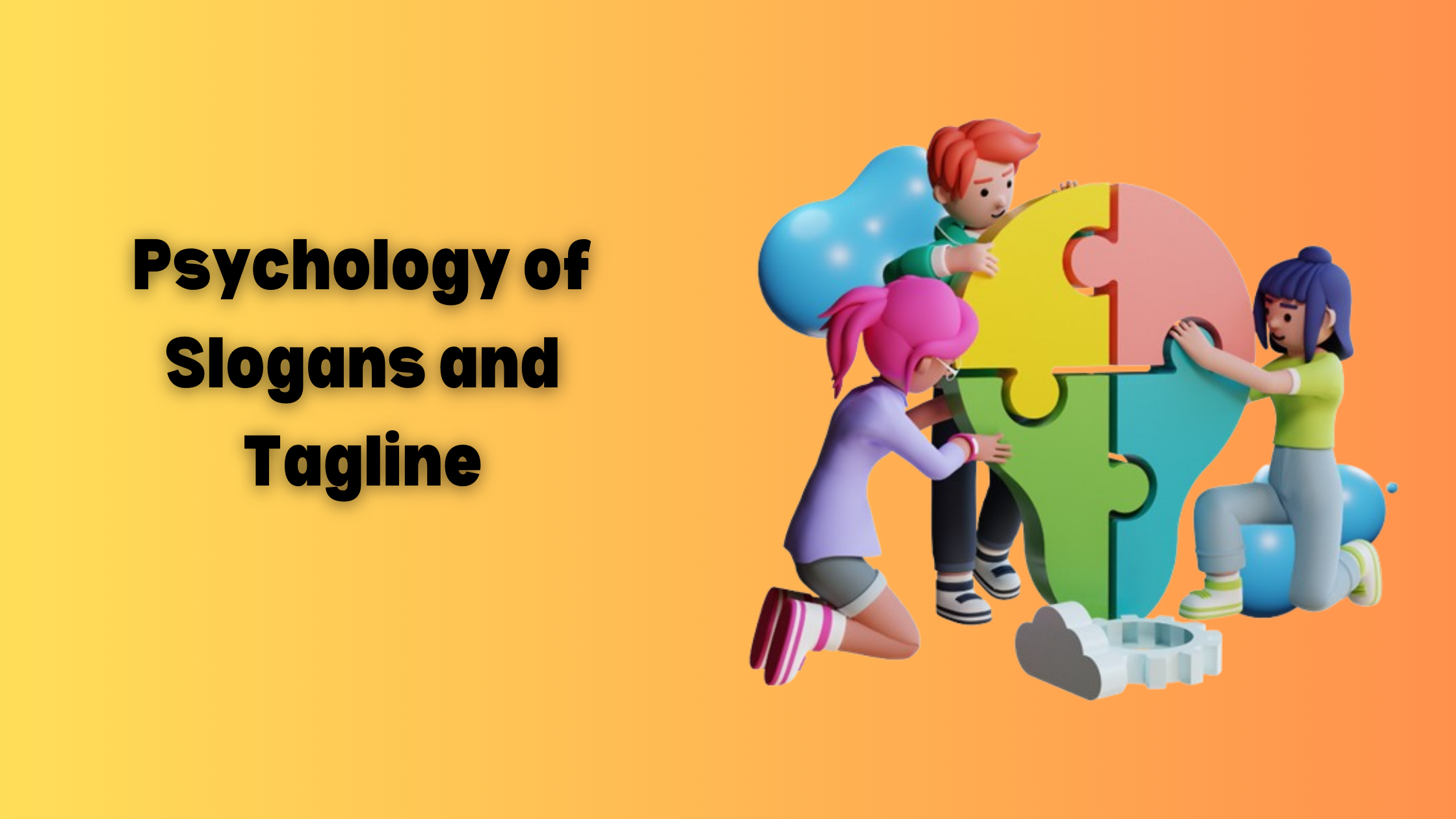
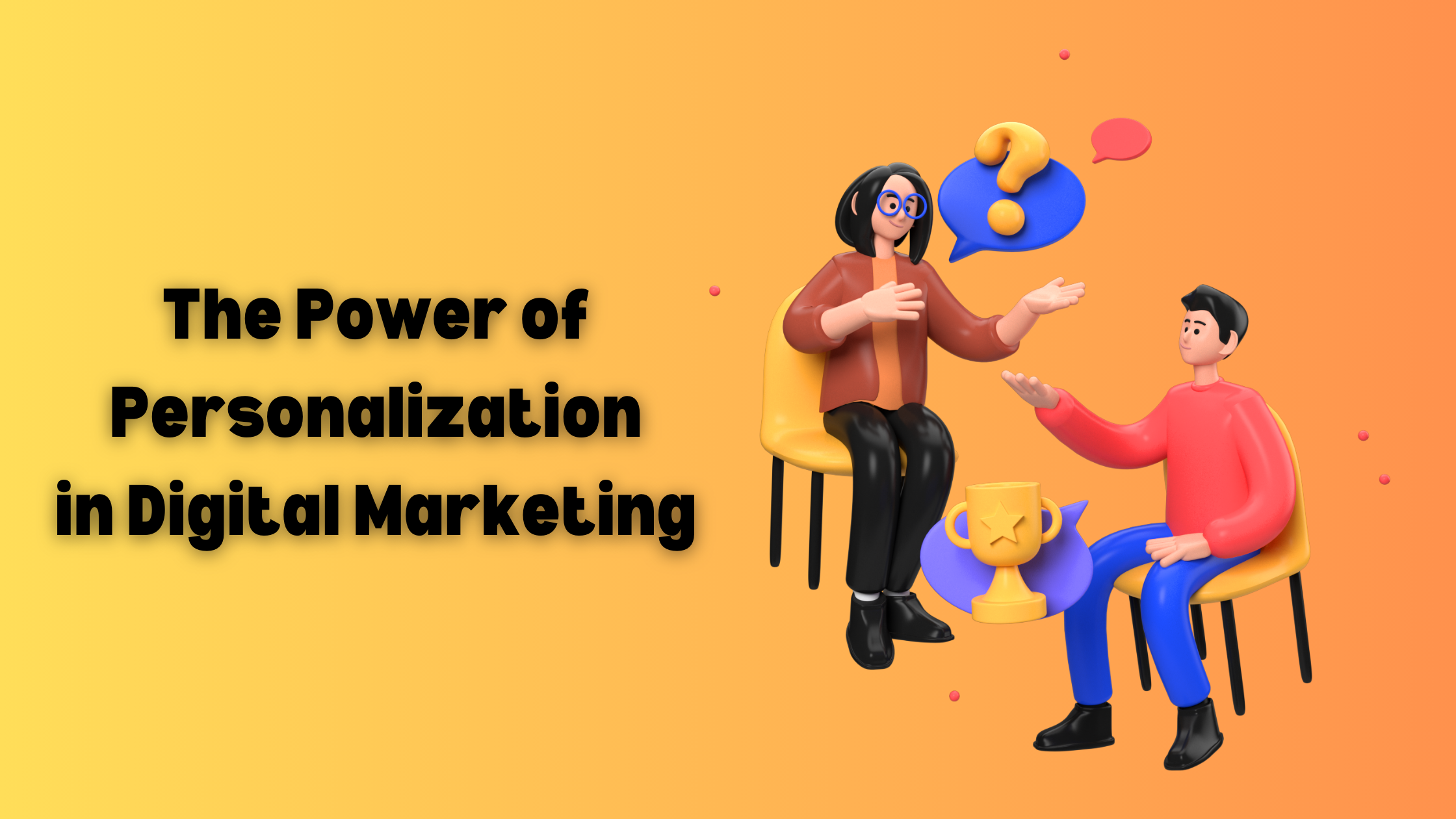


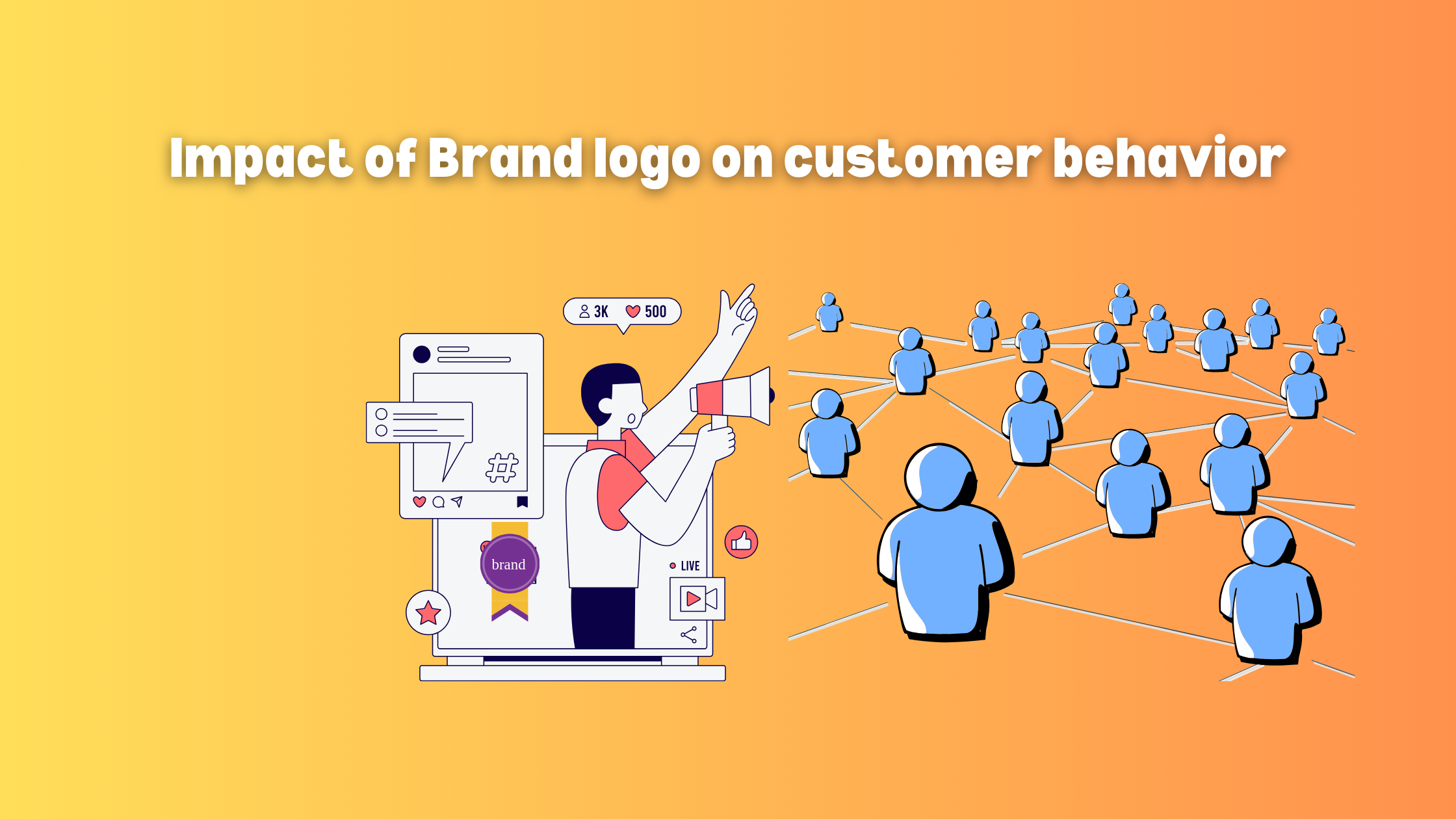






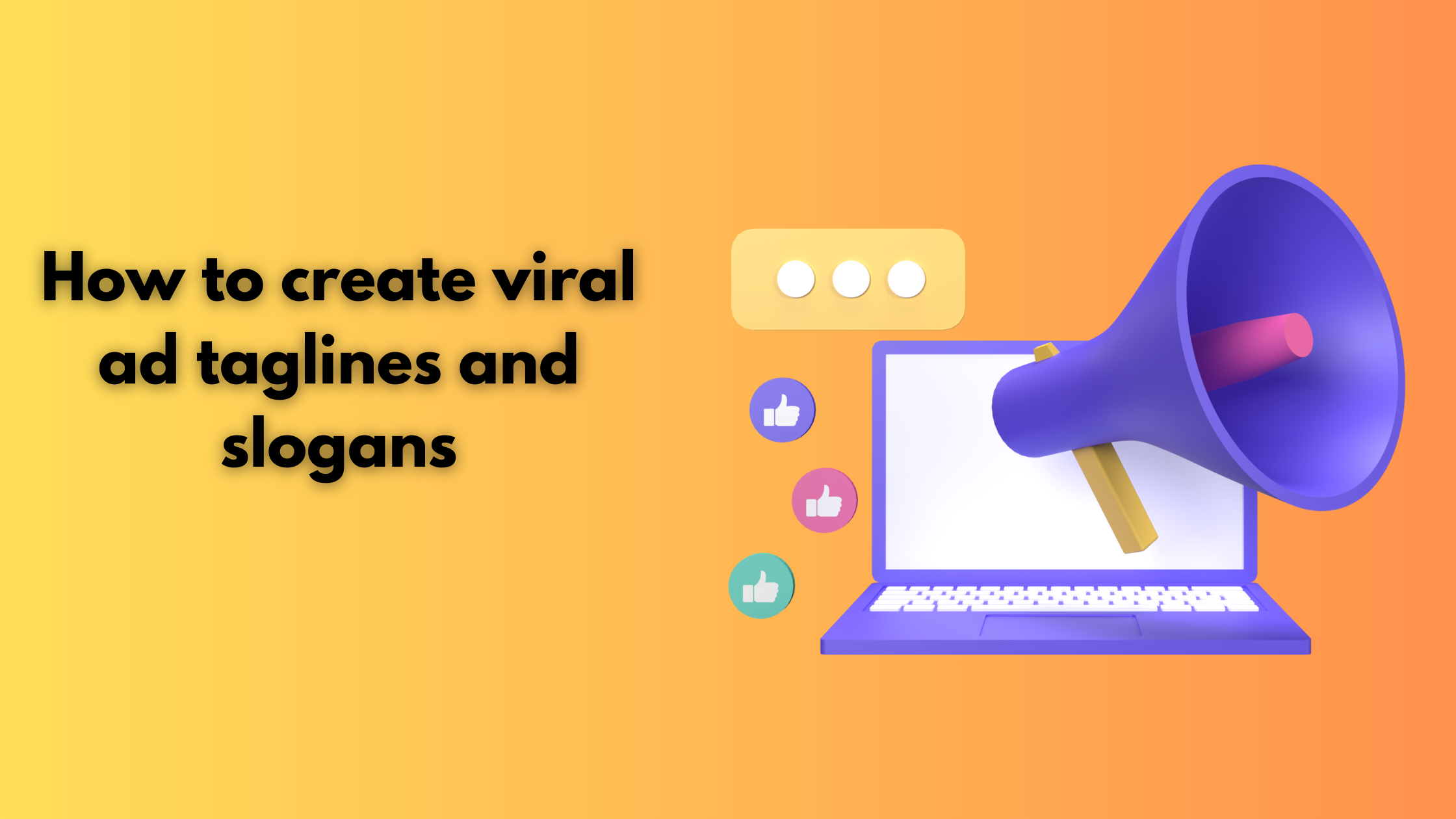
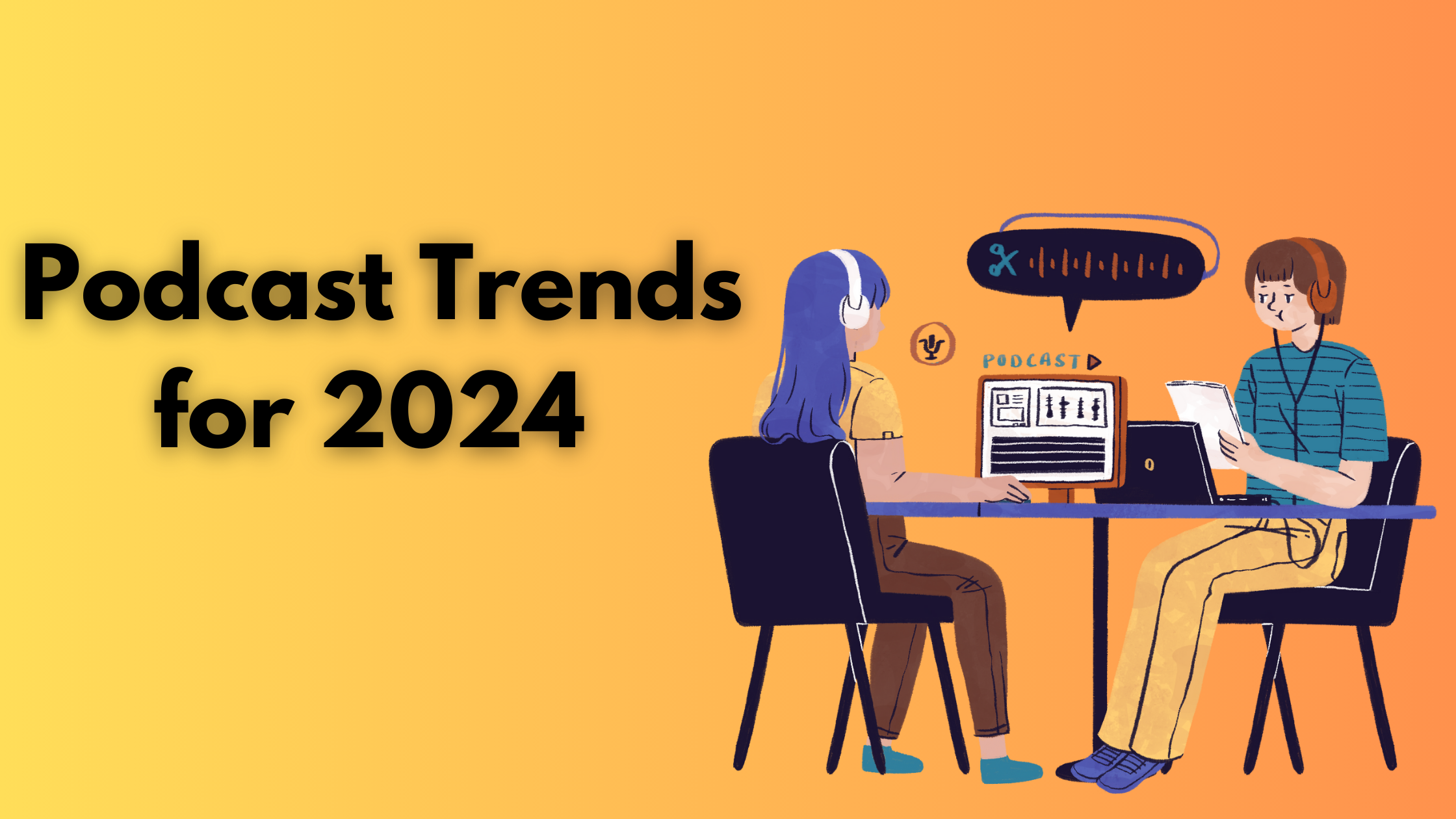
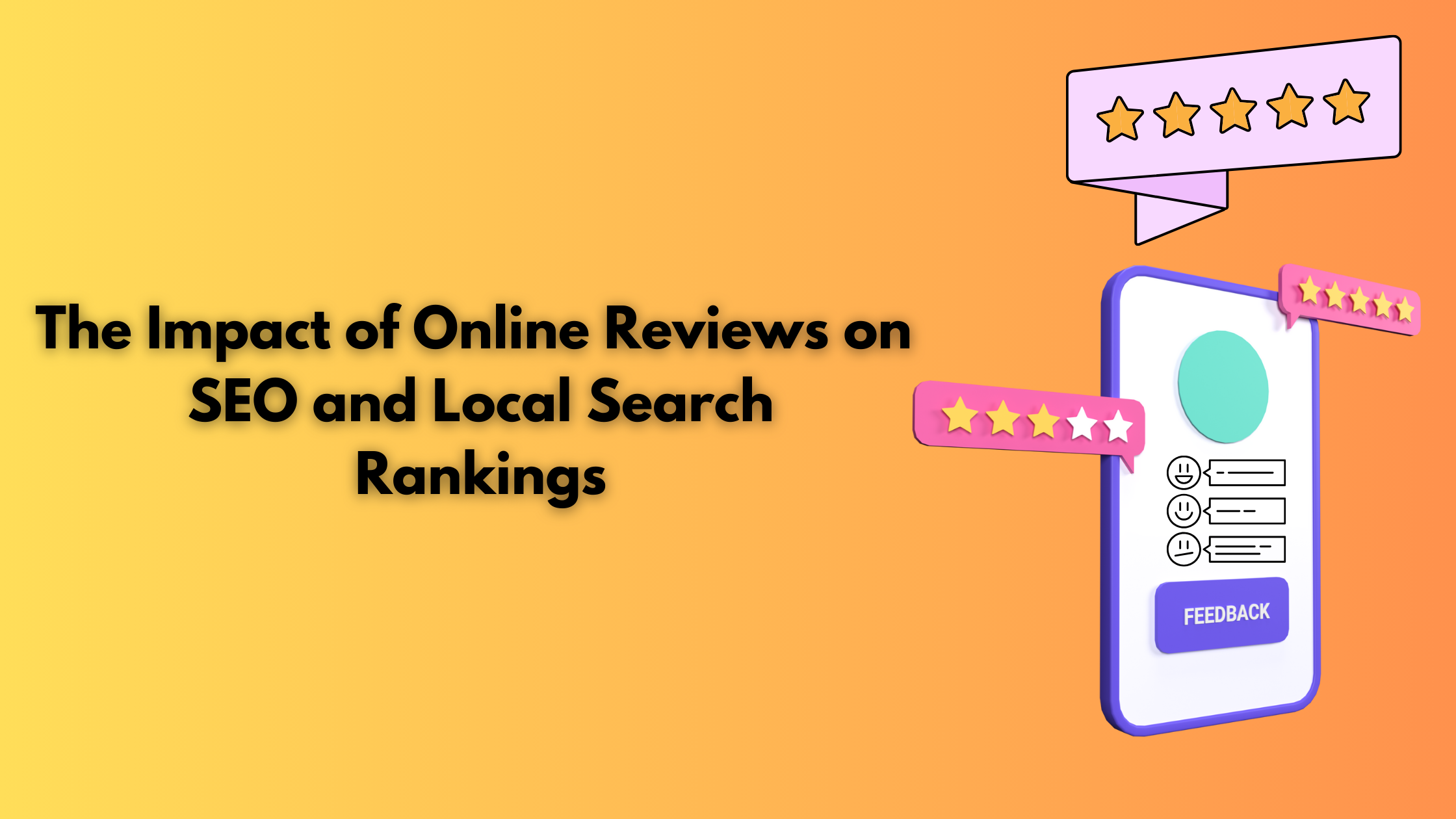

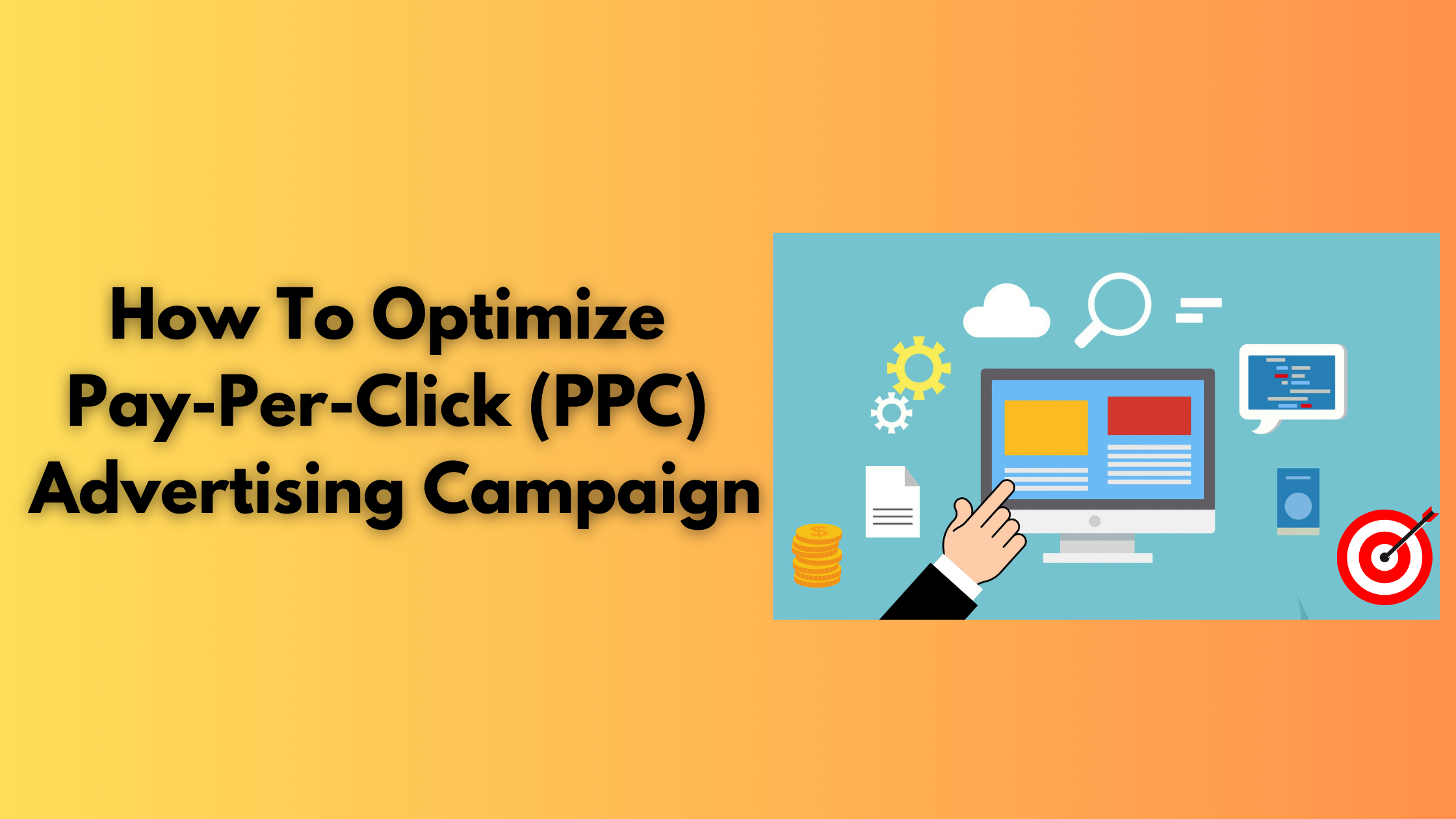
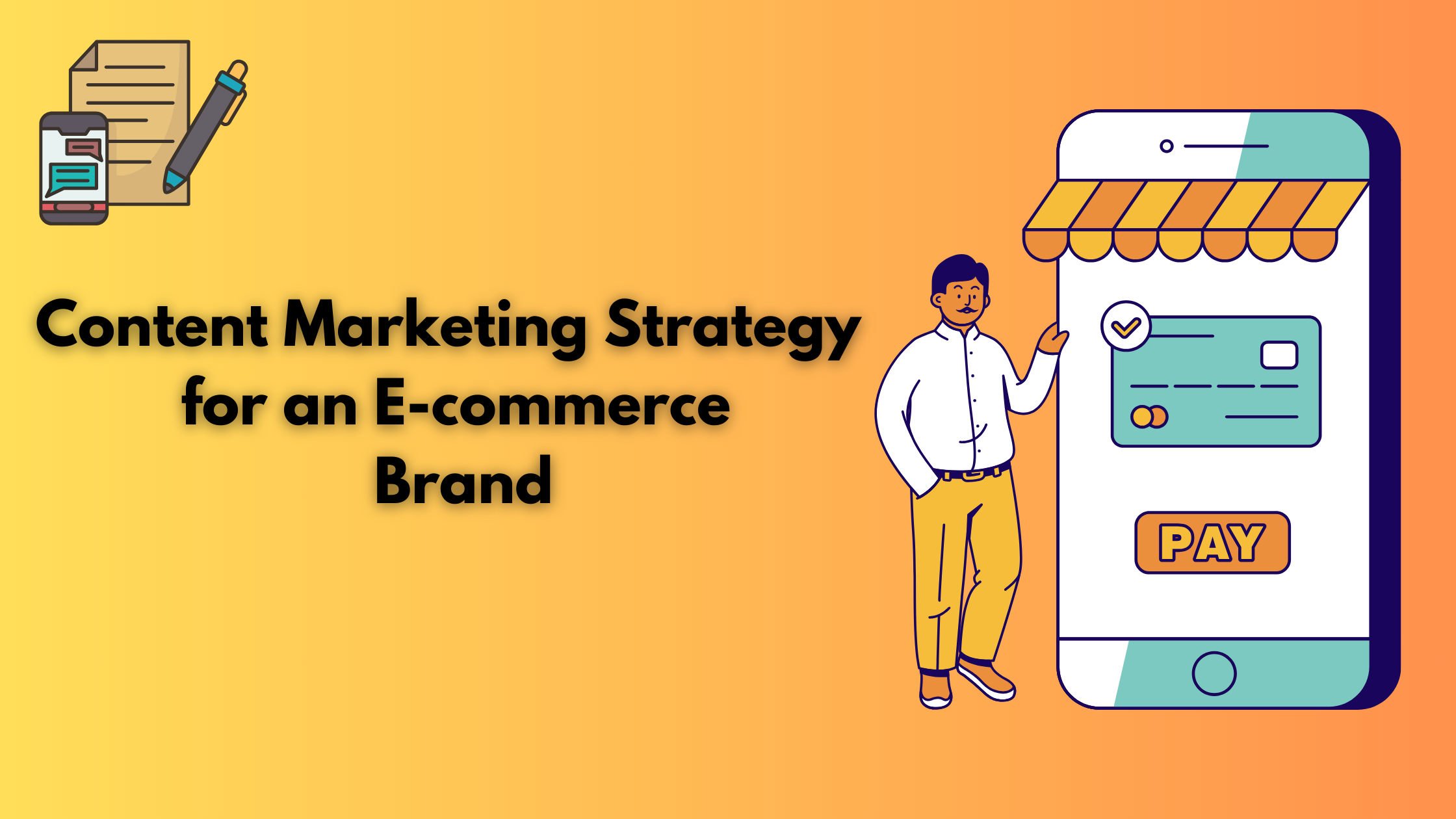


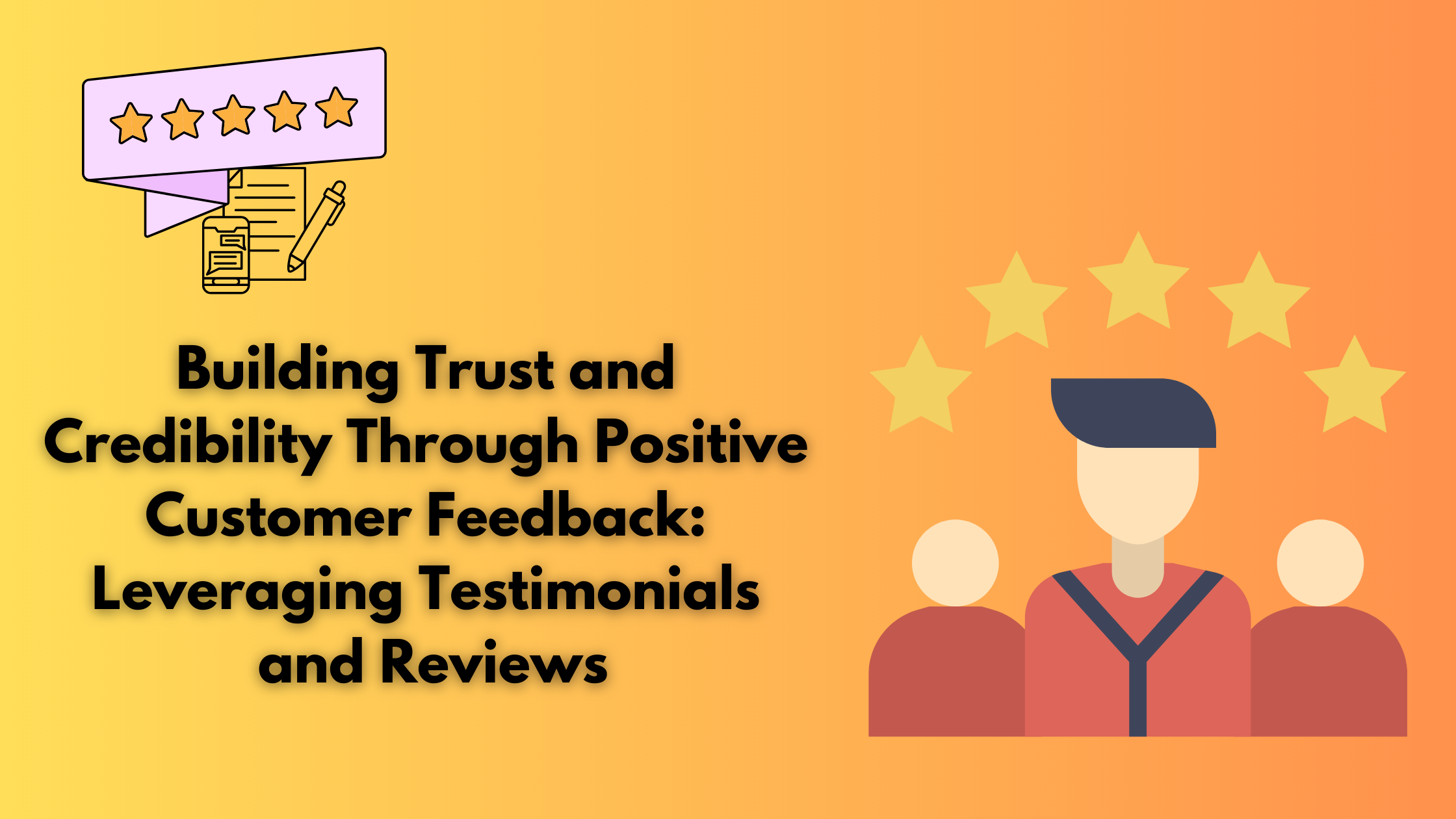



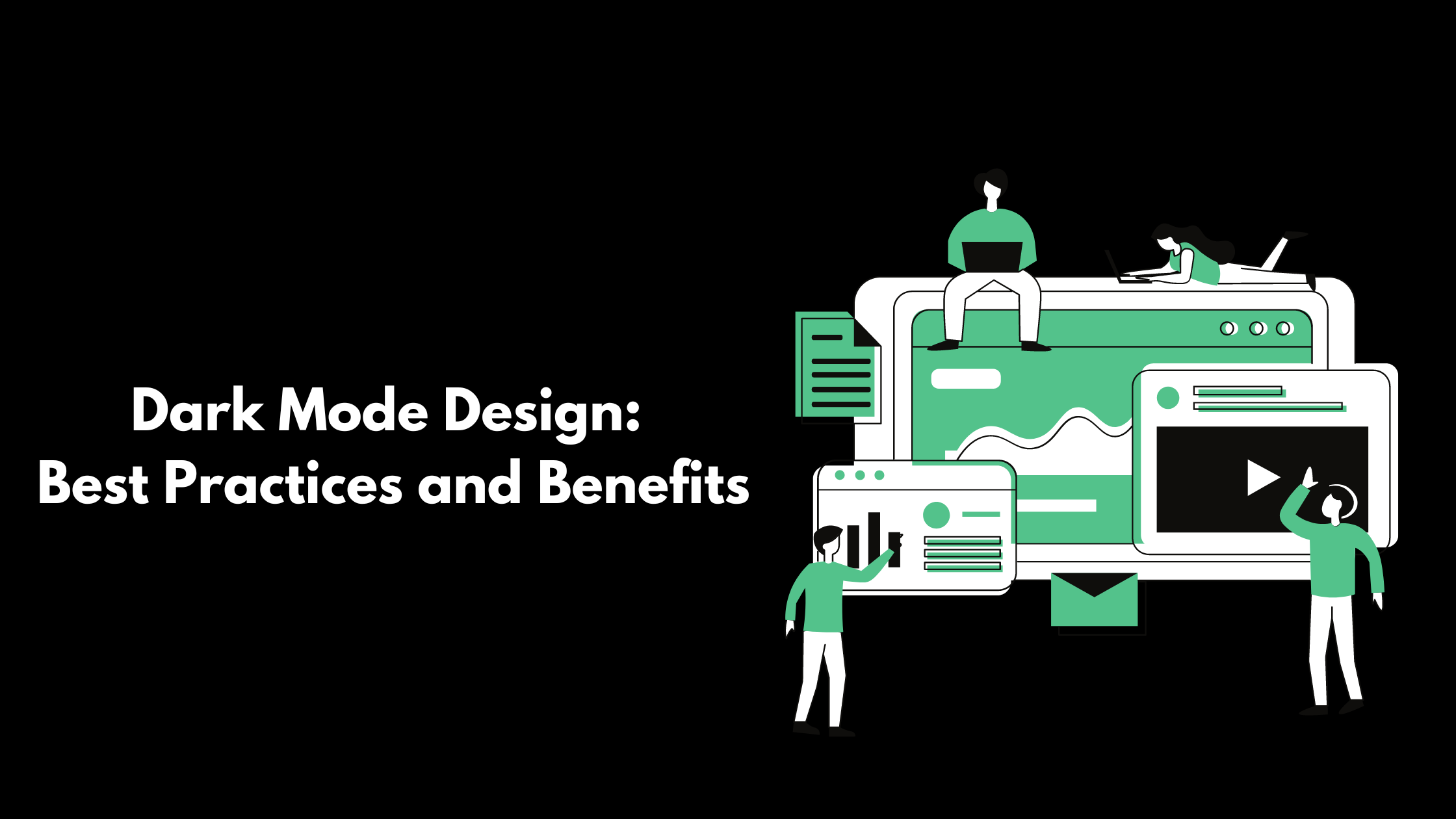
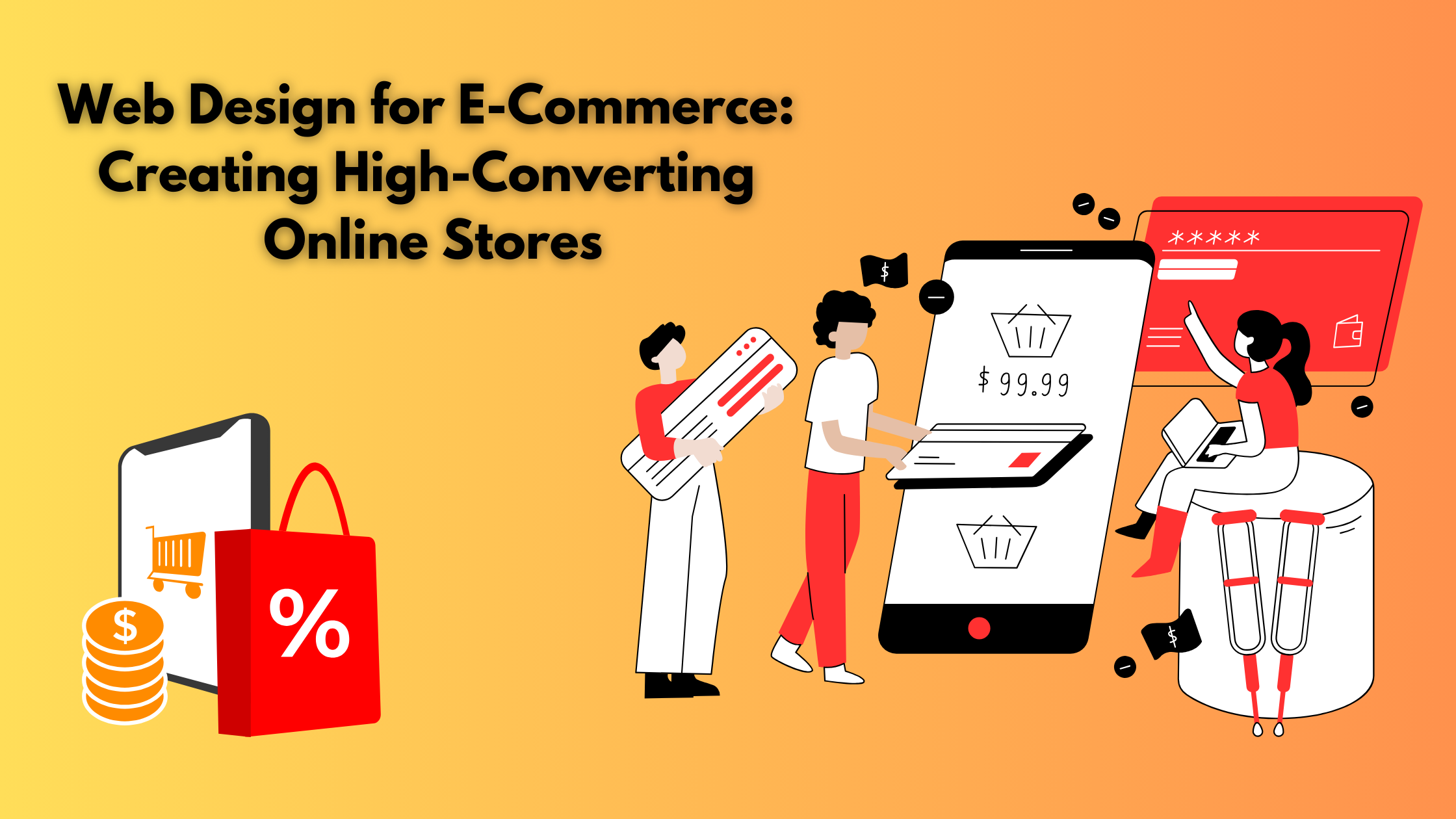


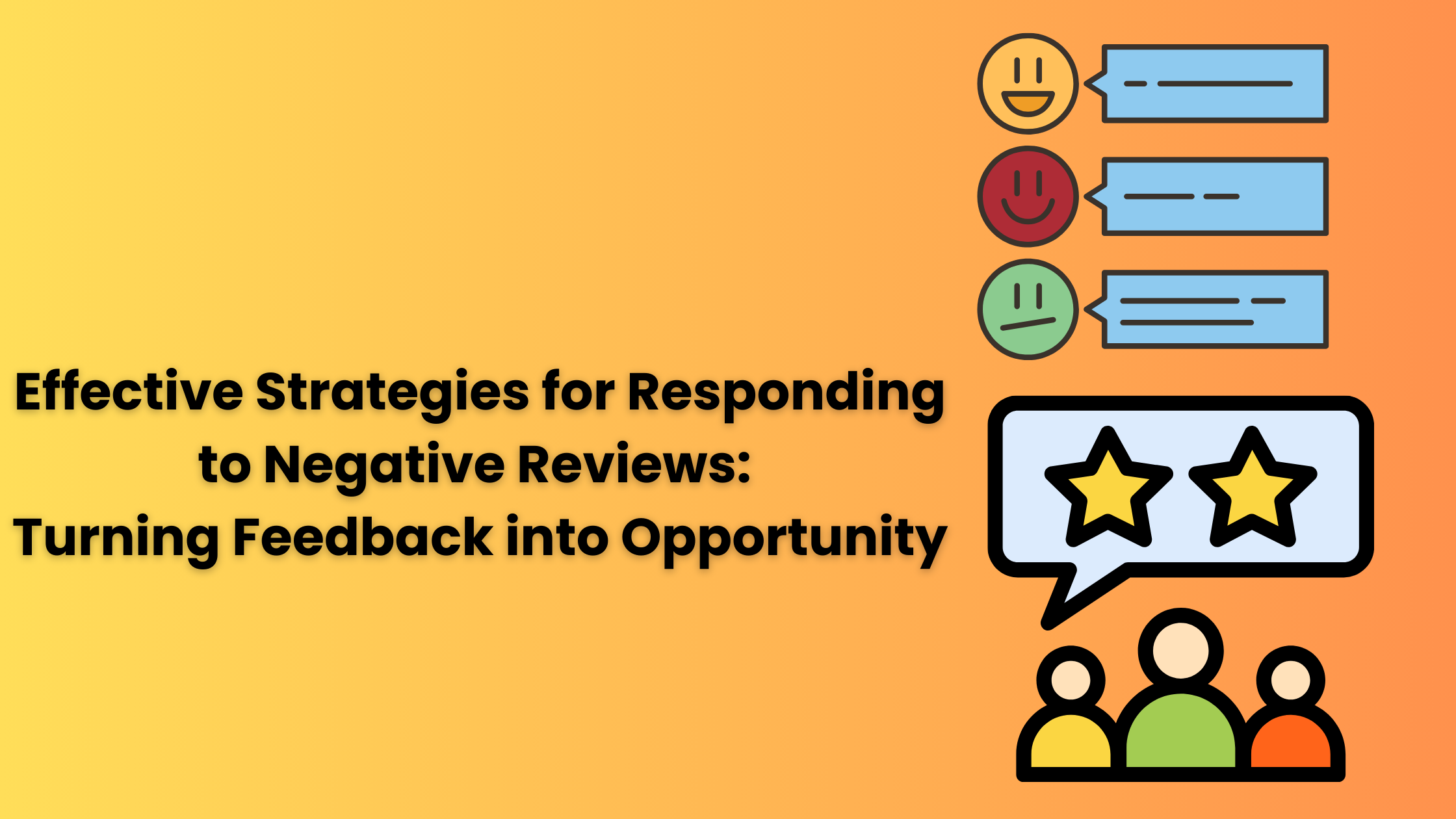
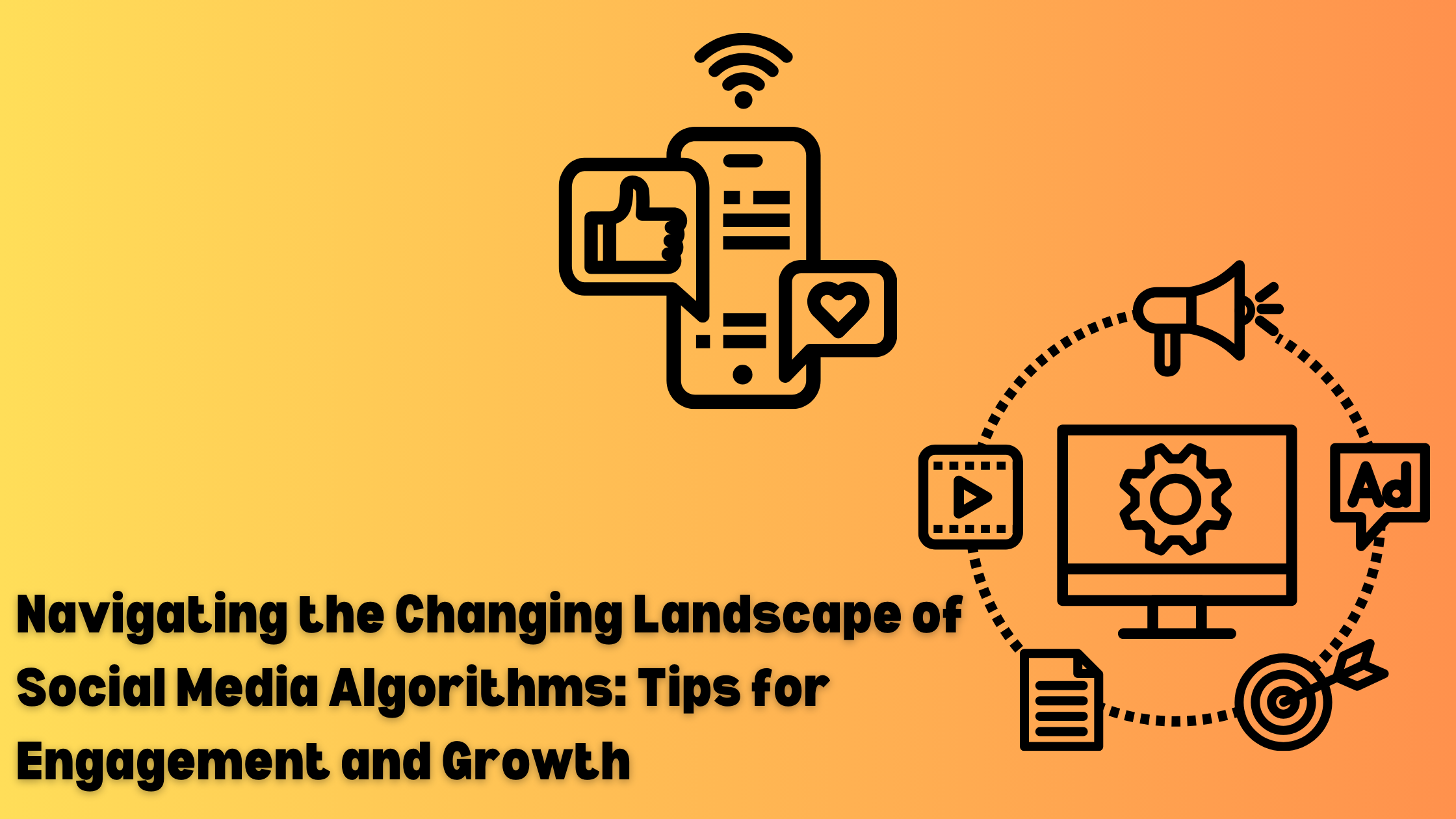


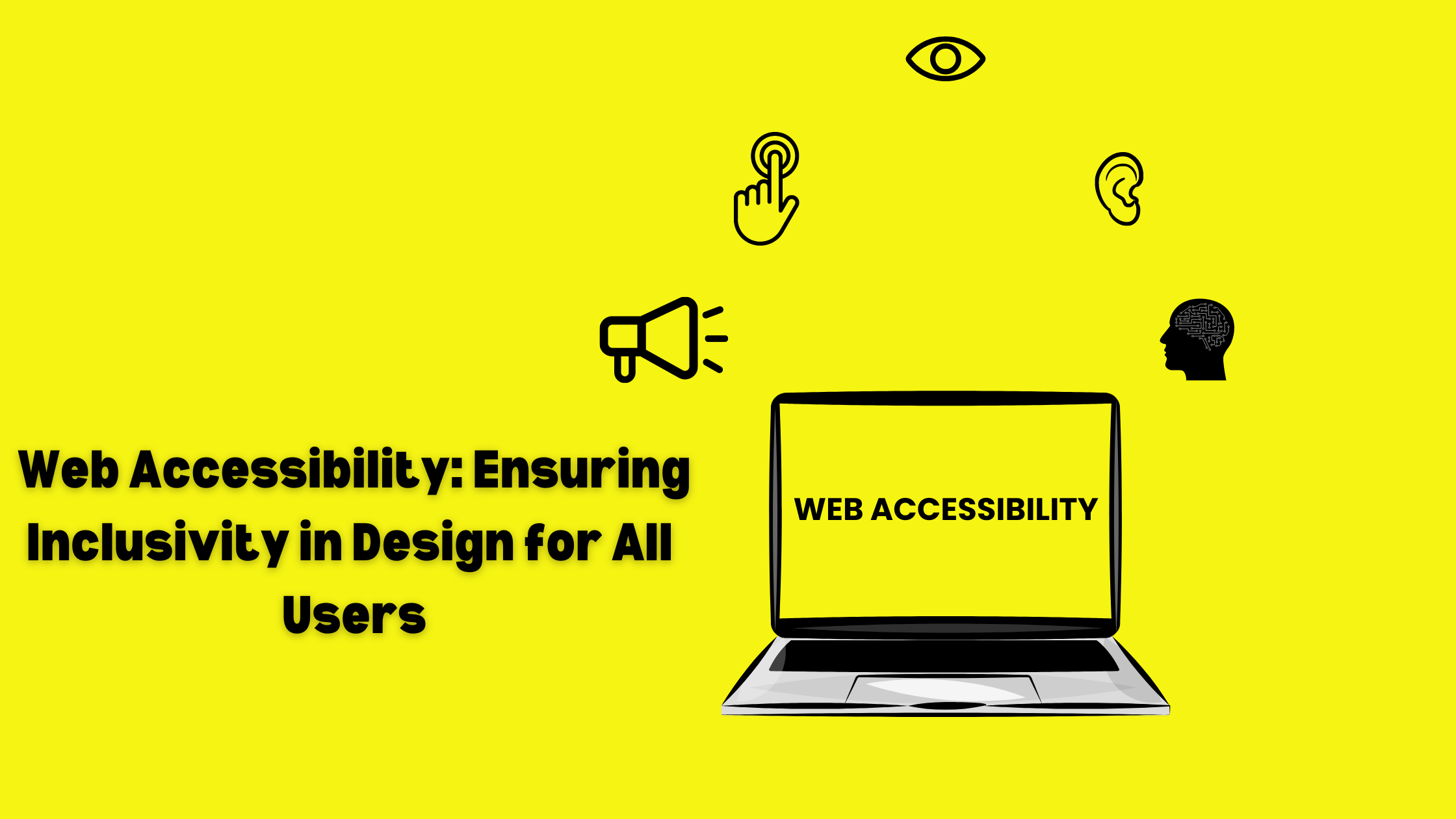






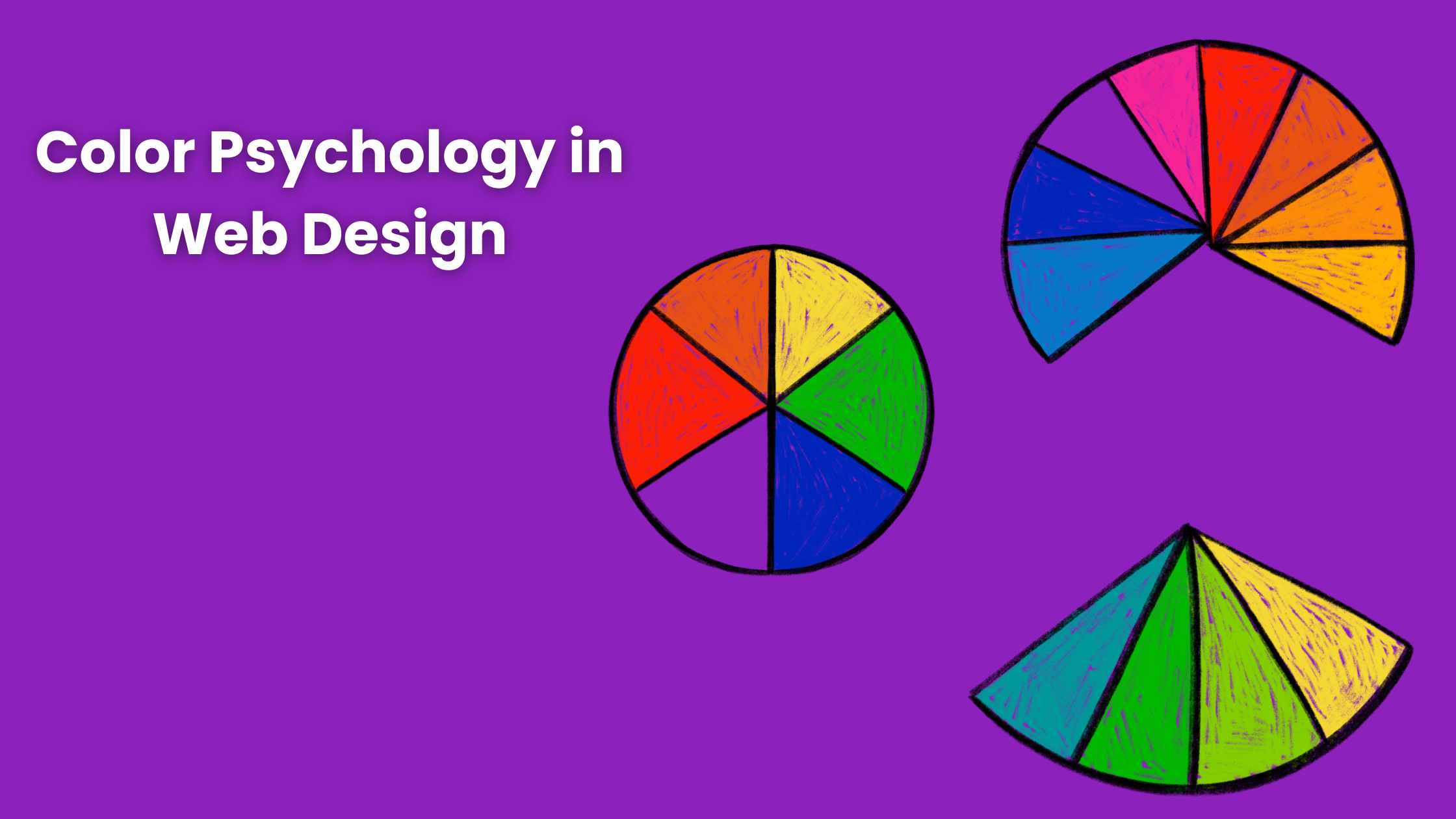
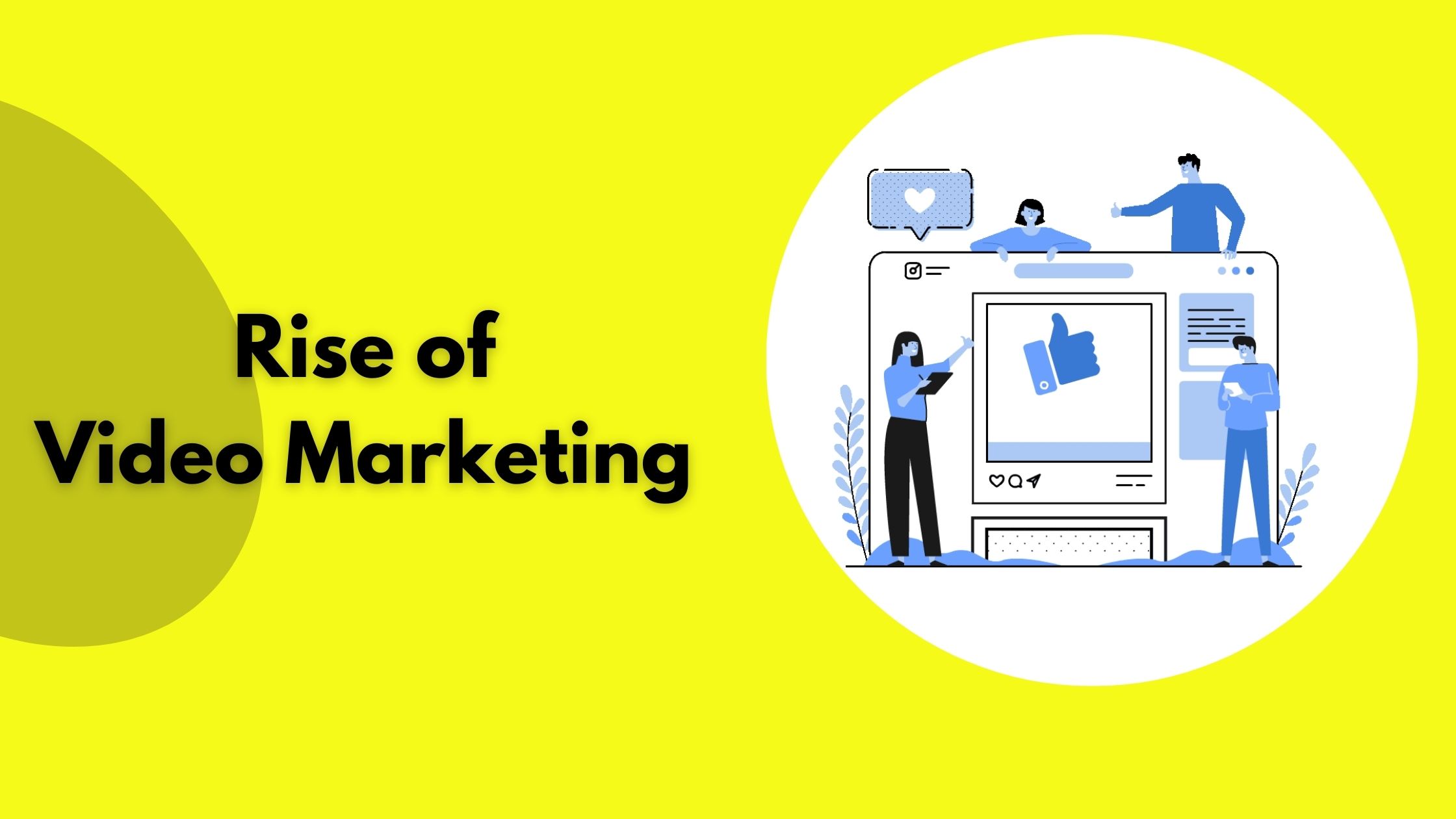




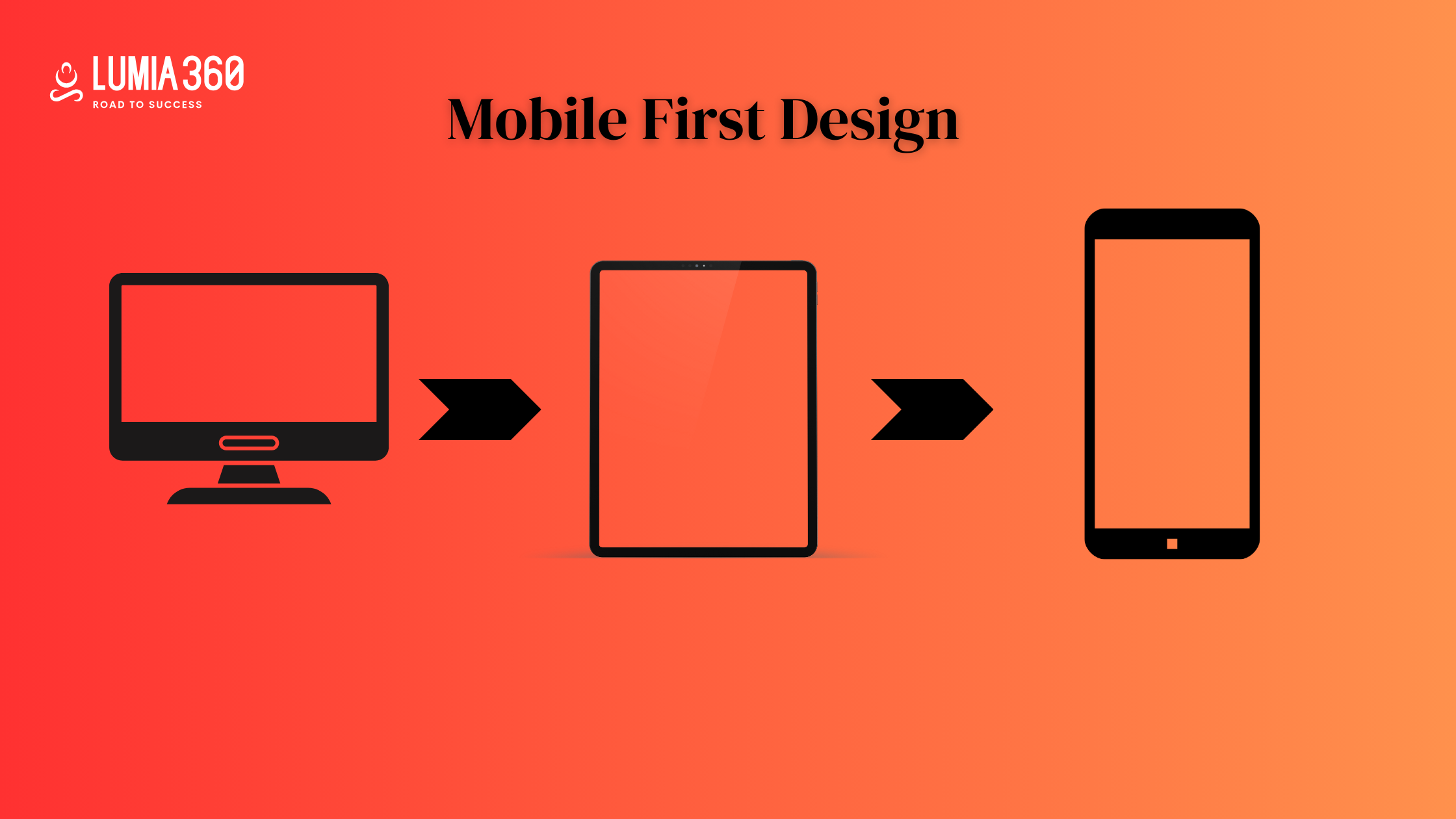






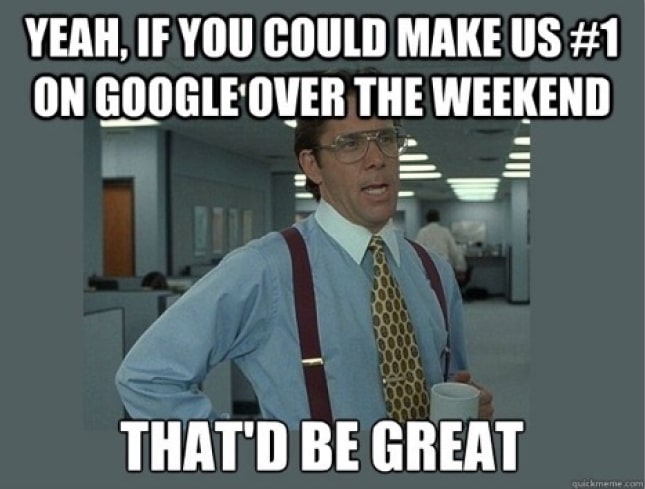
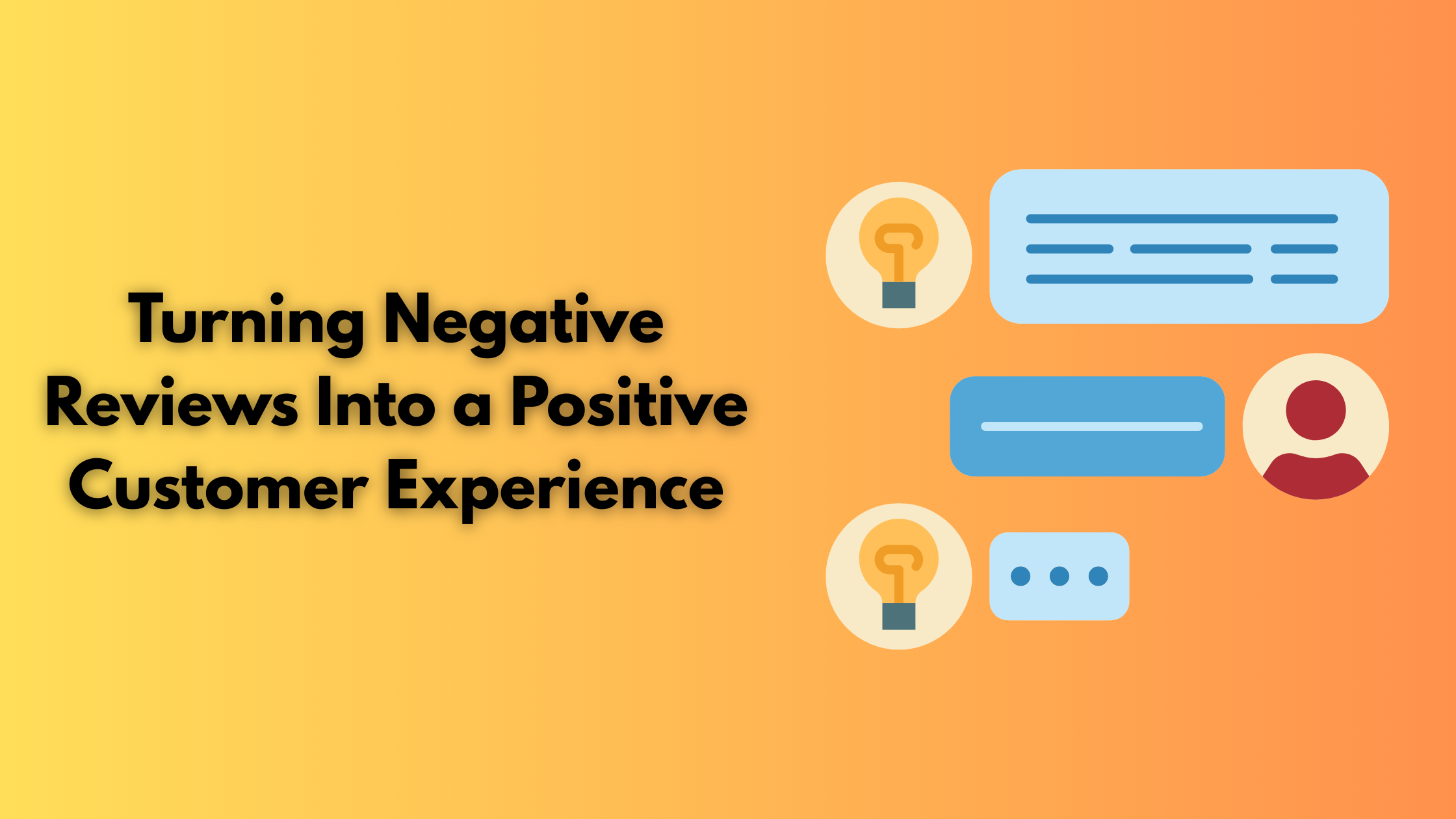
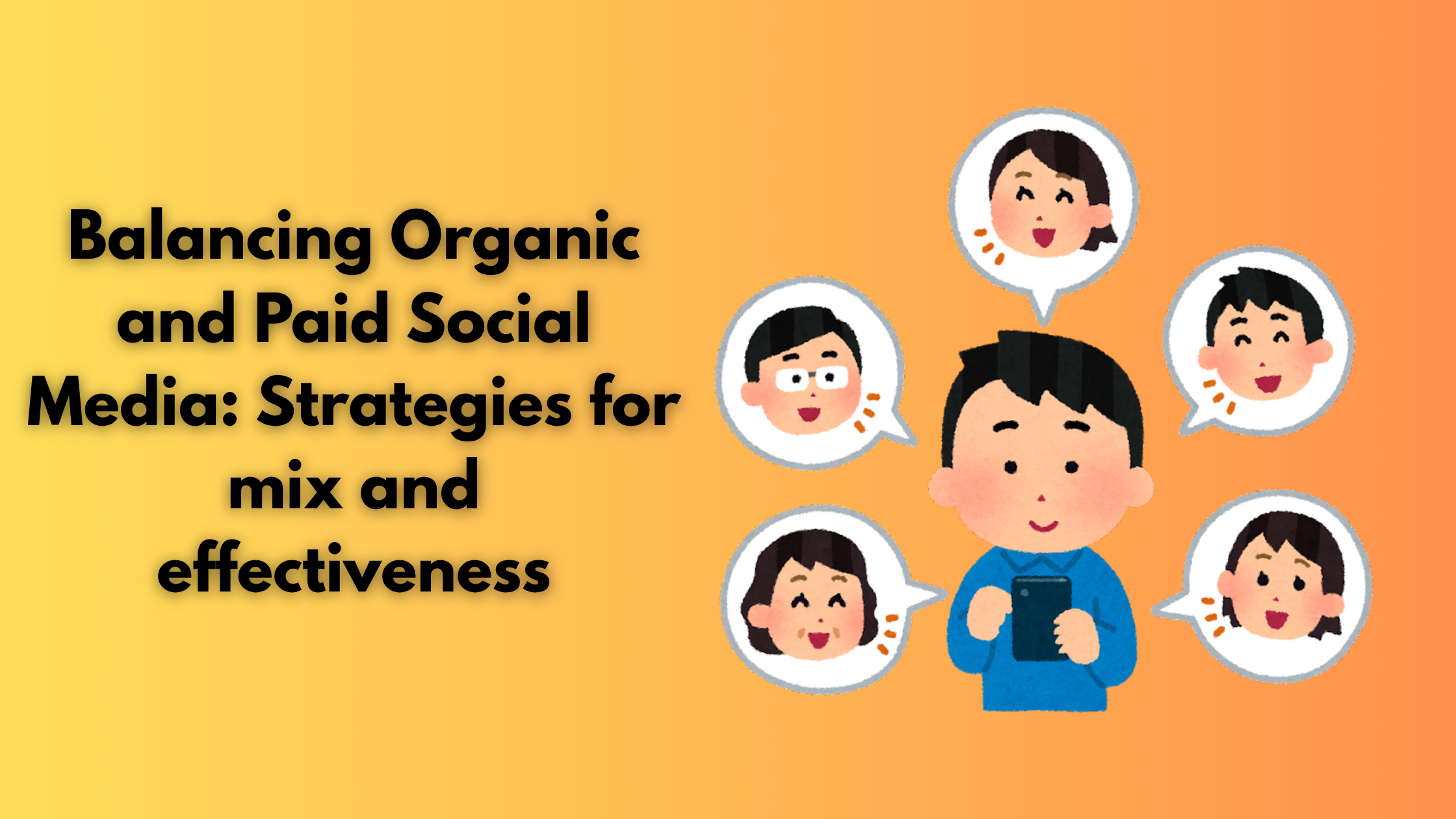

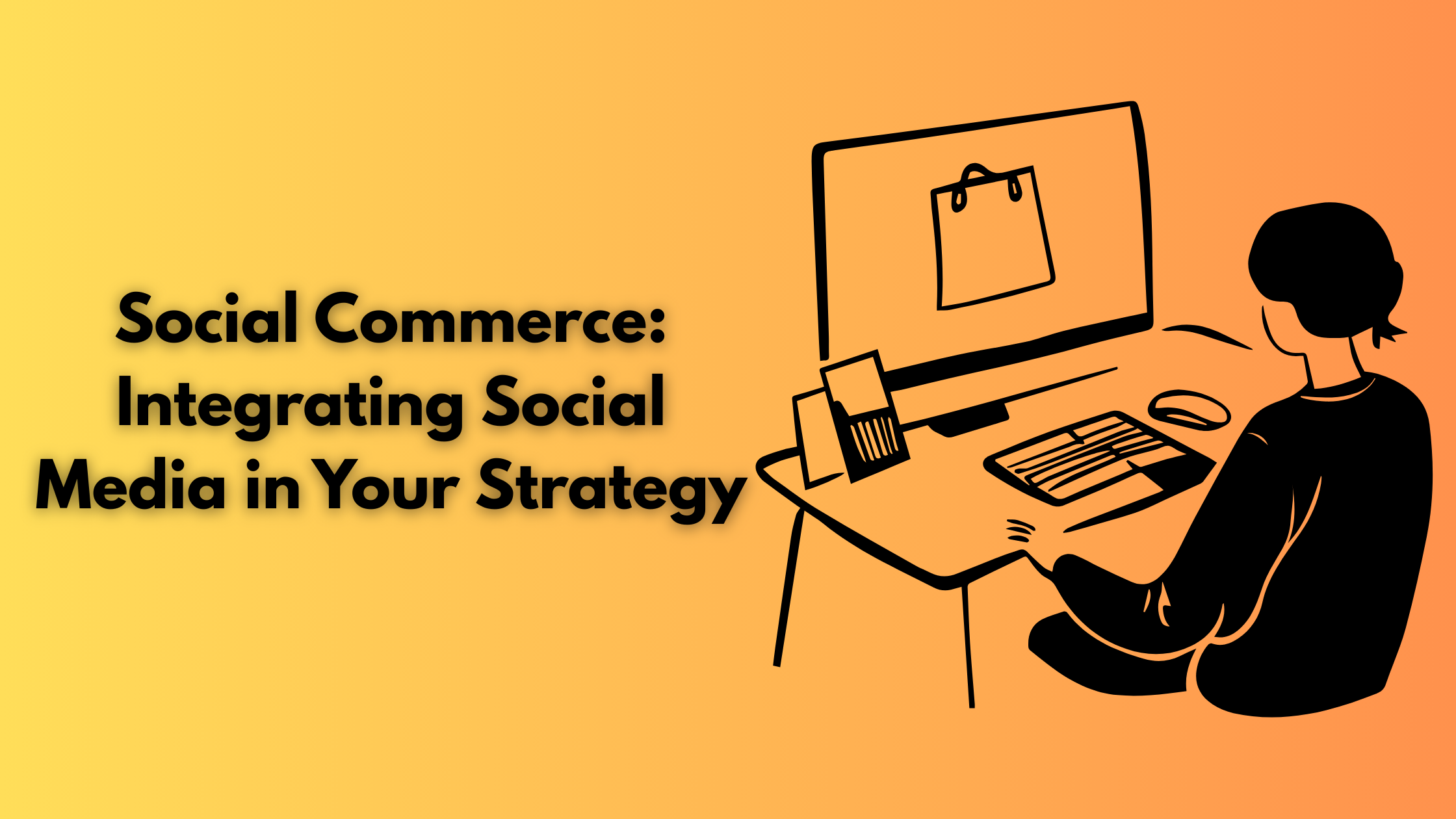

1 Comment
[…] Read Also: The Power Of Storytelling in Web Design […]